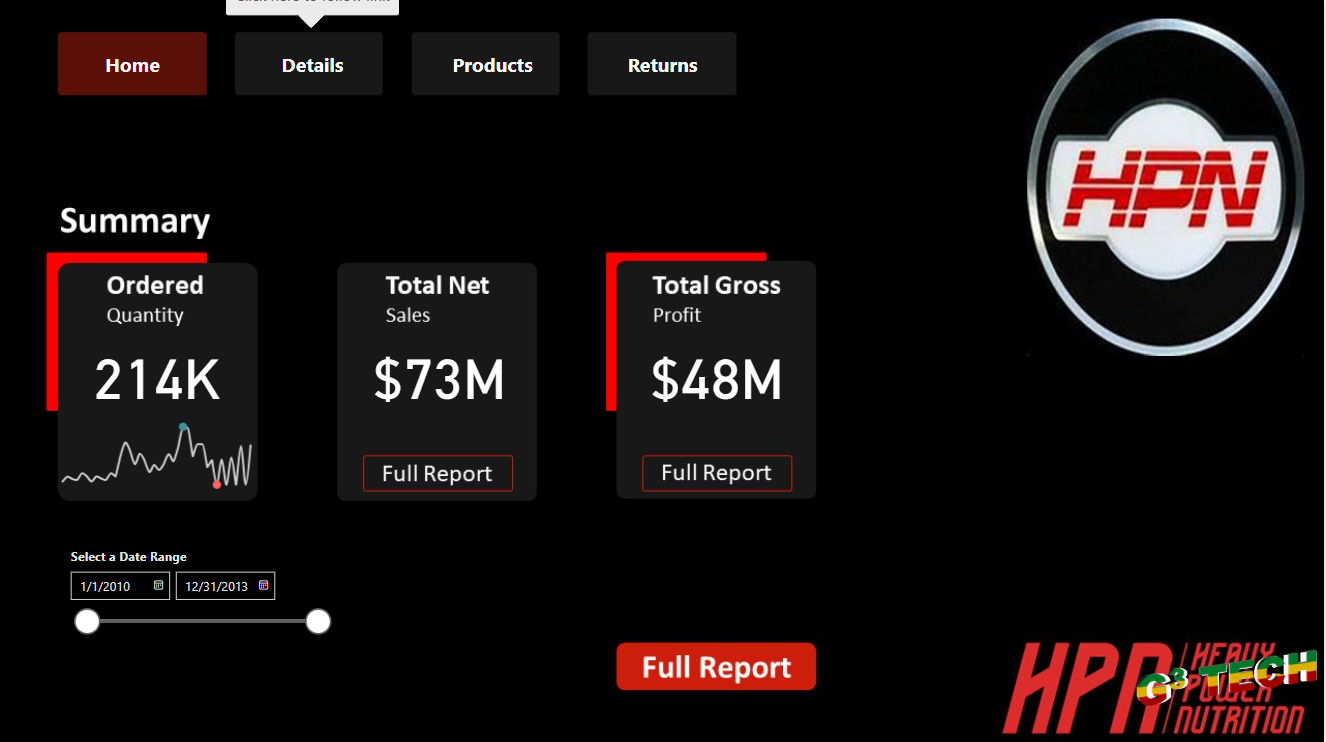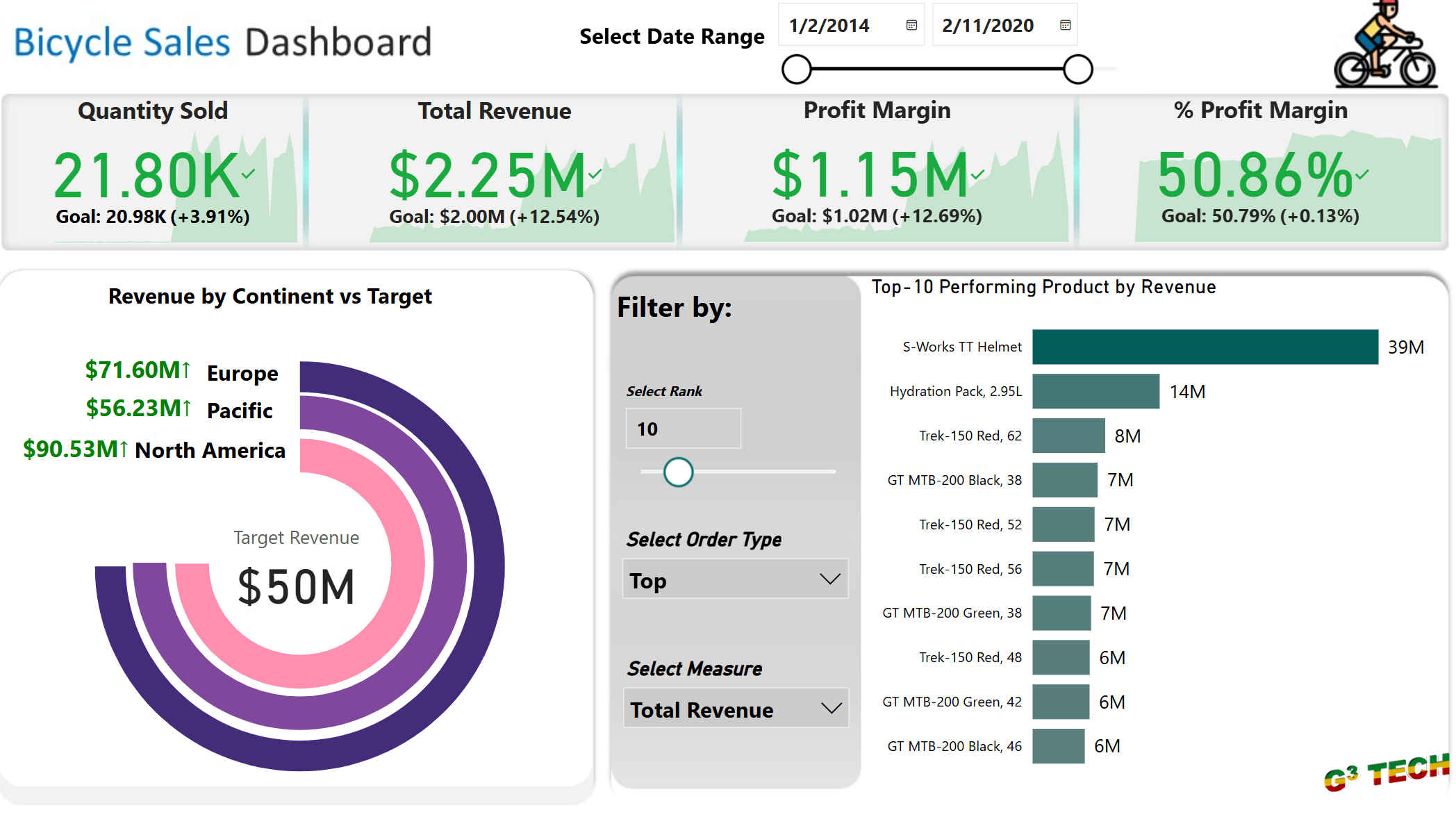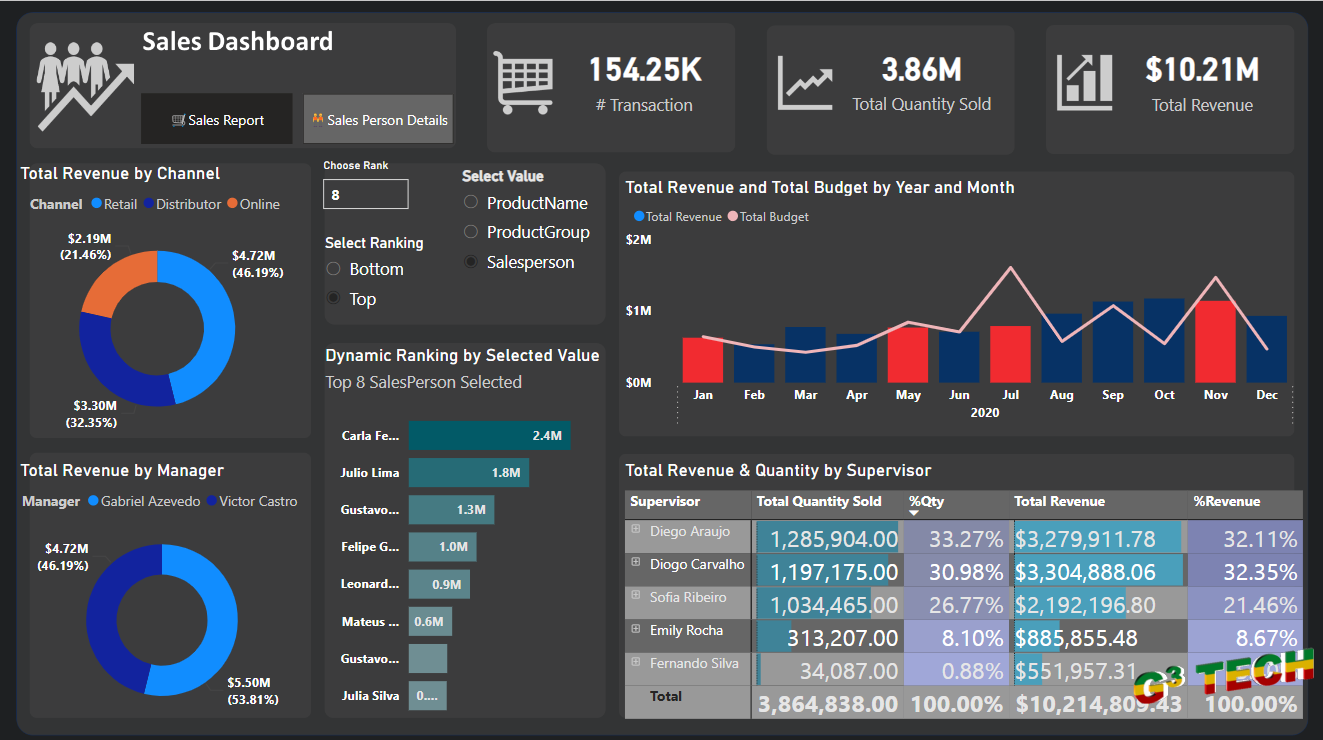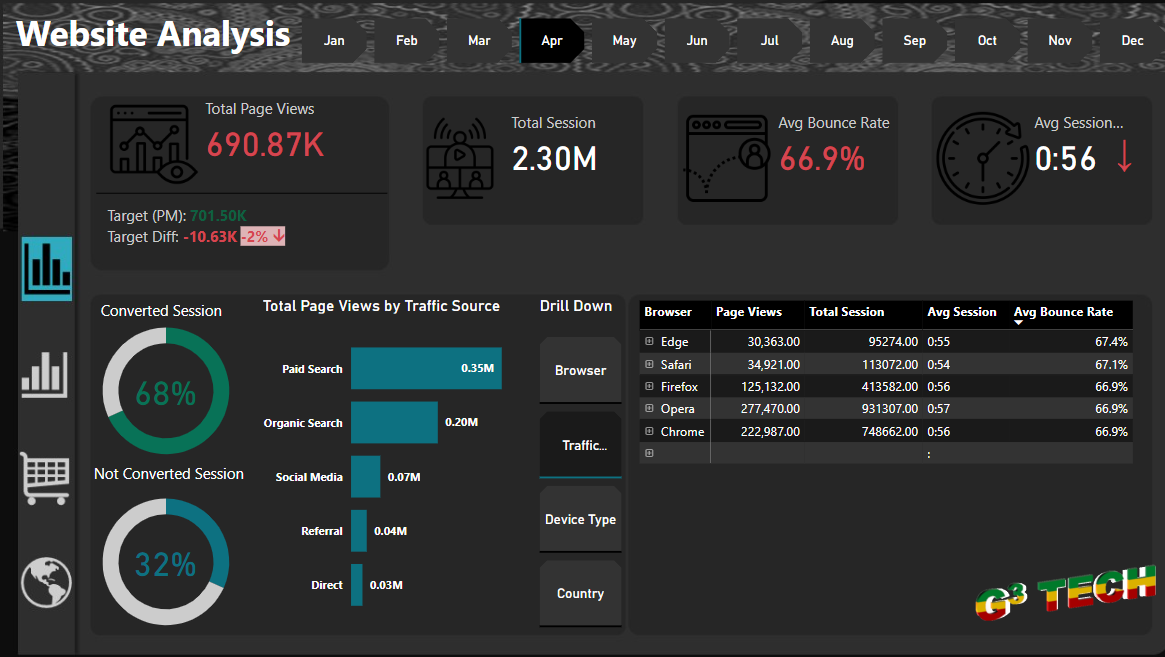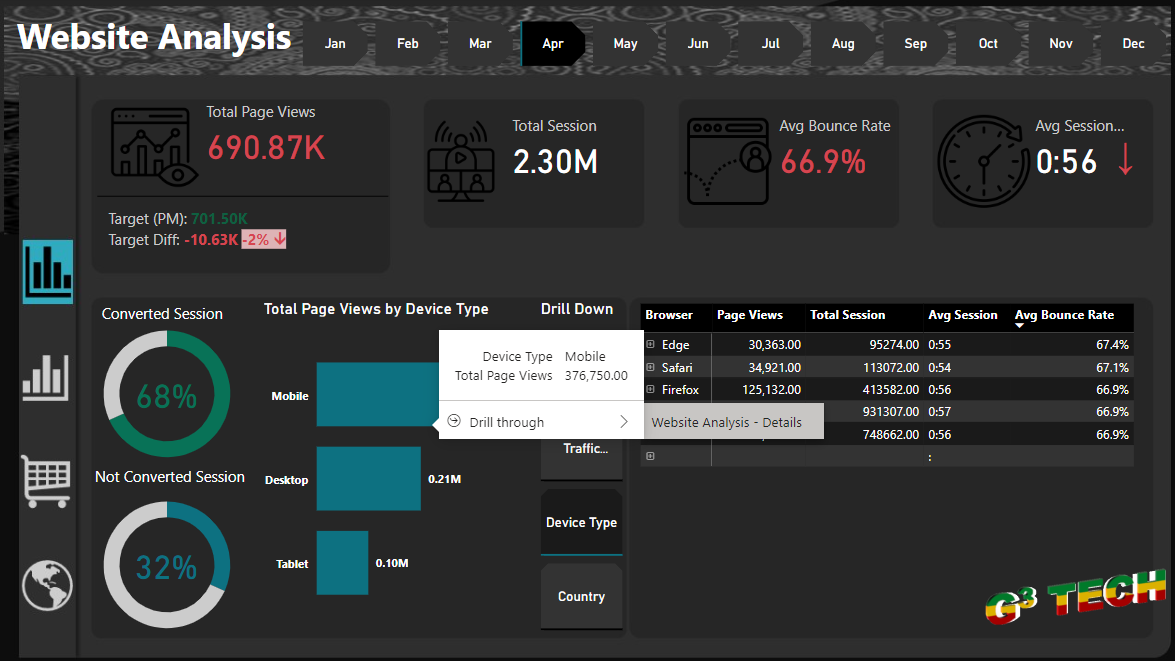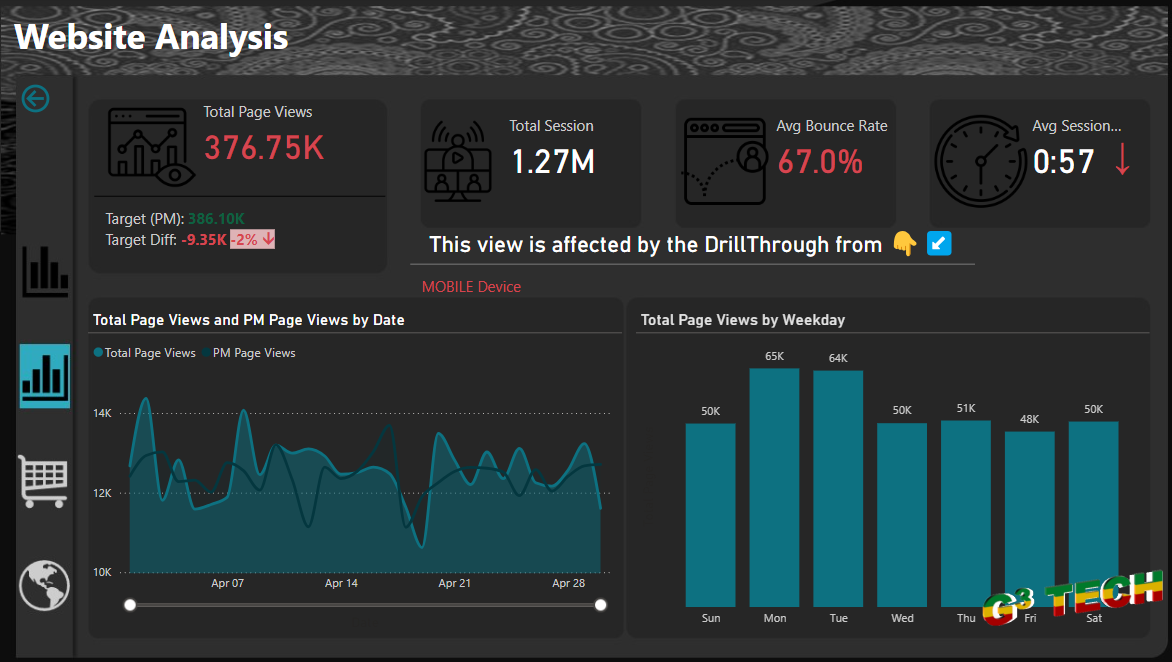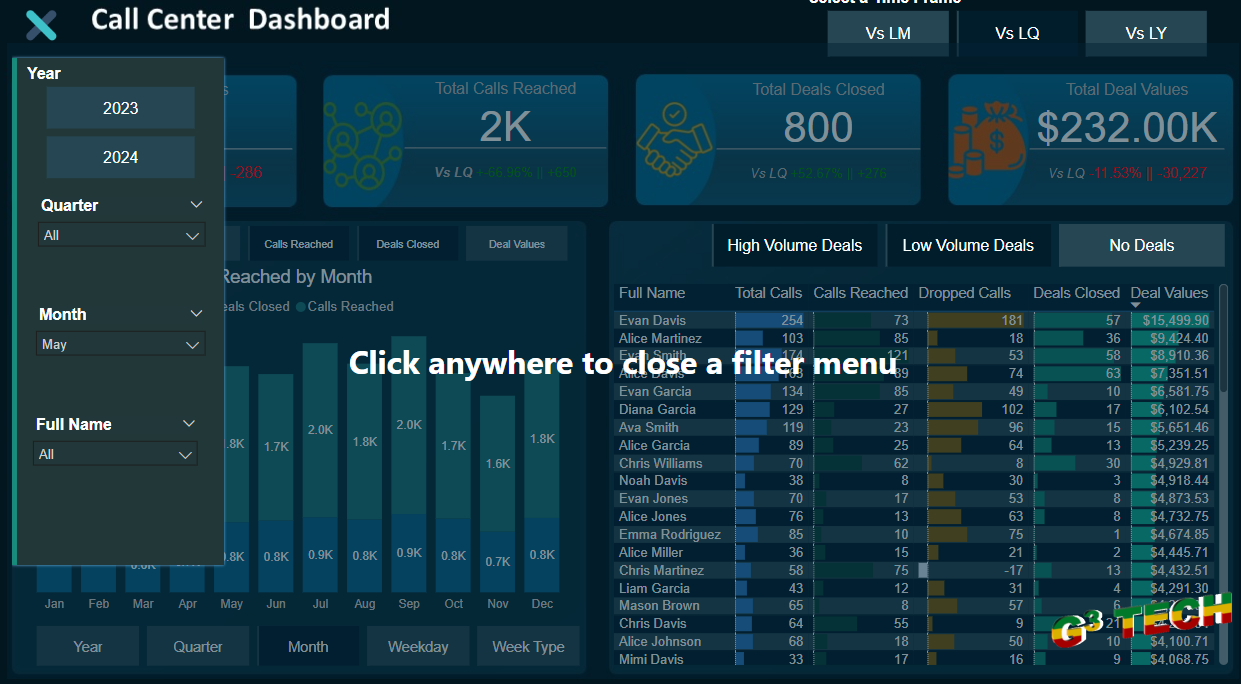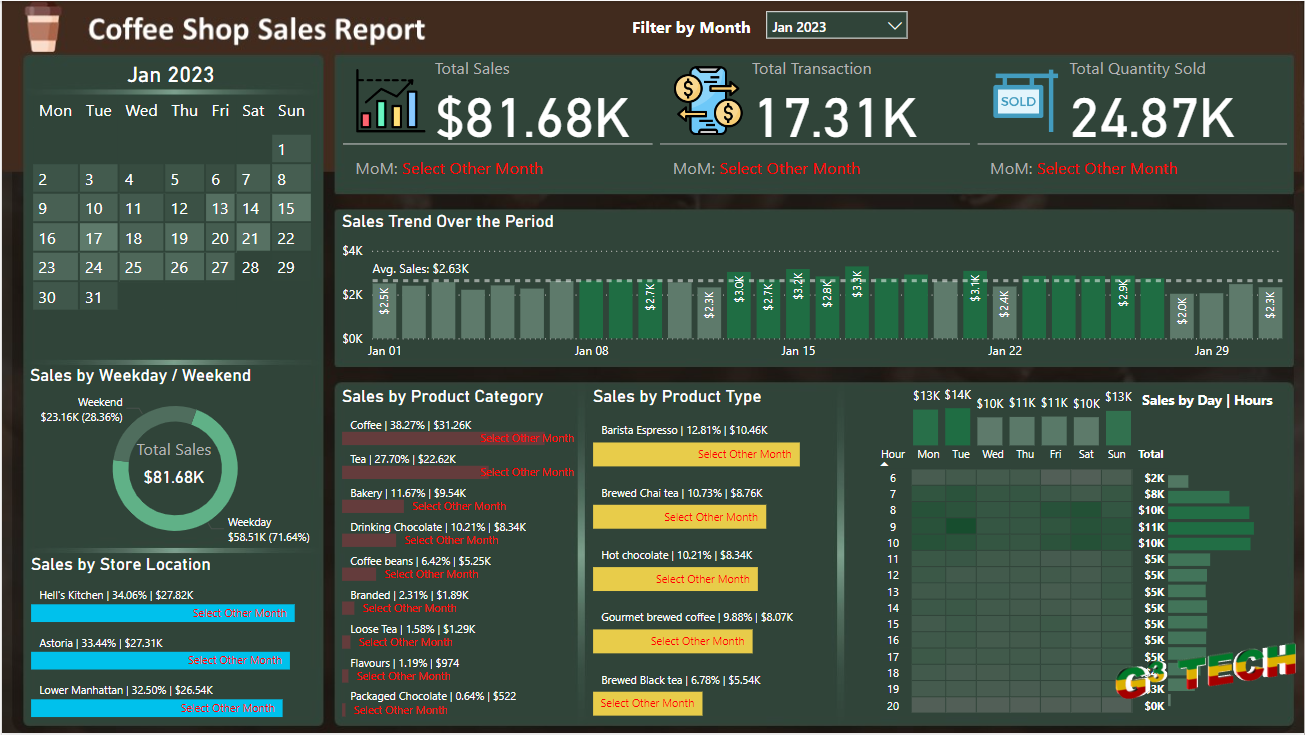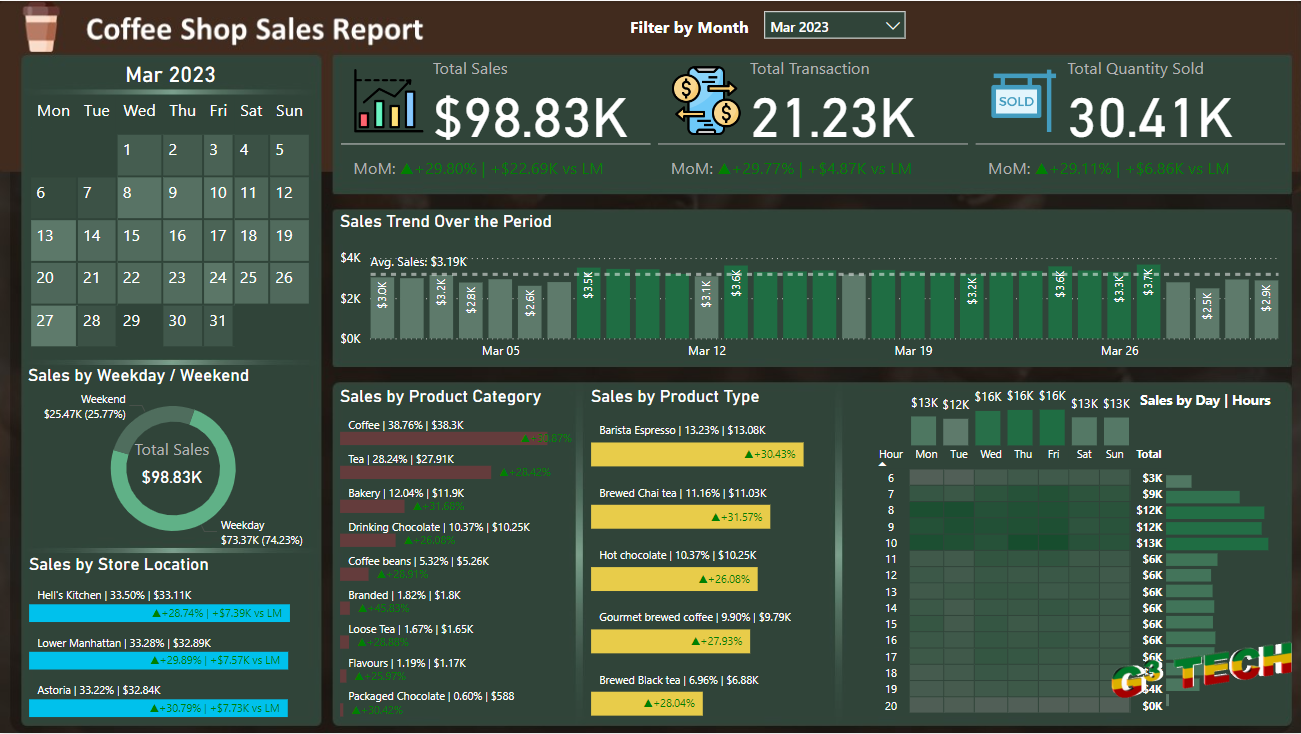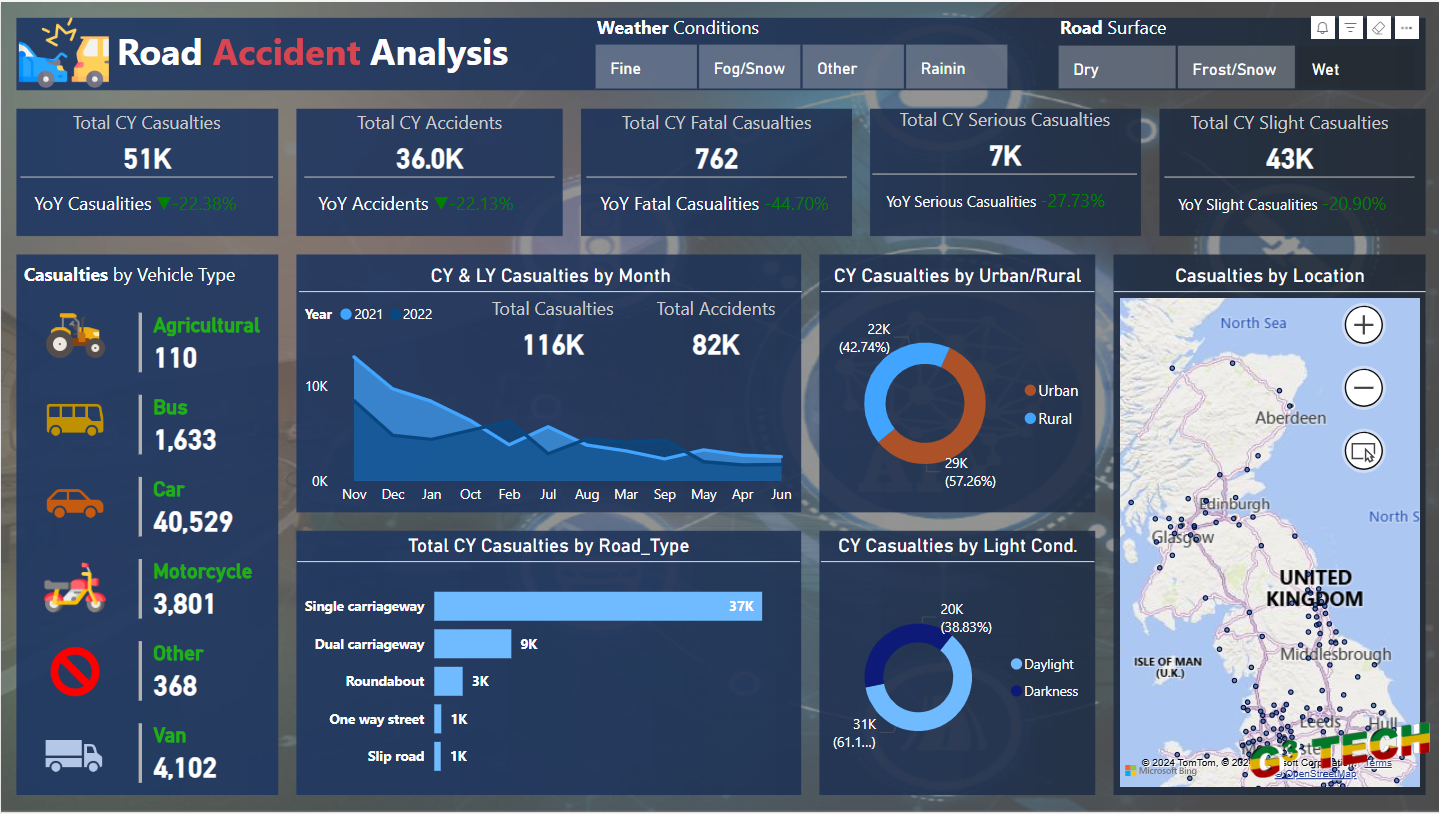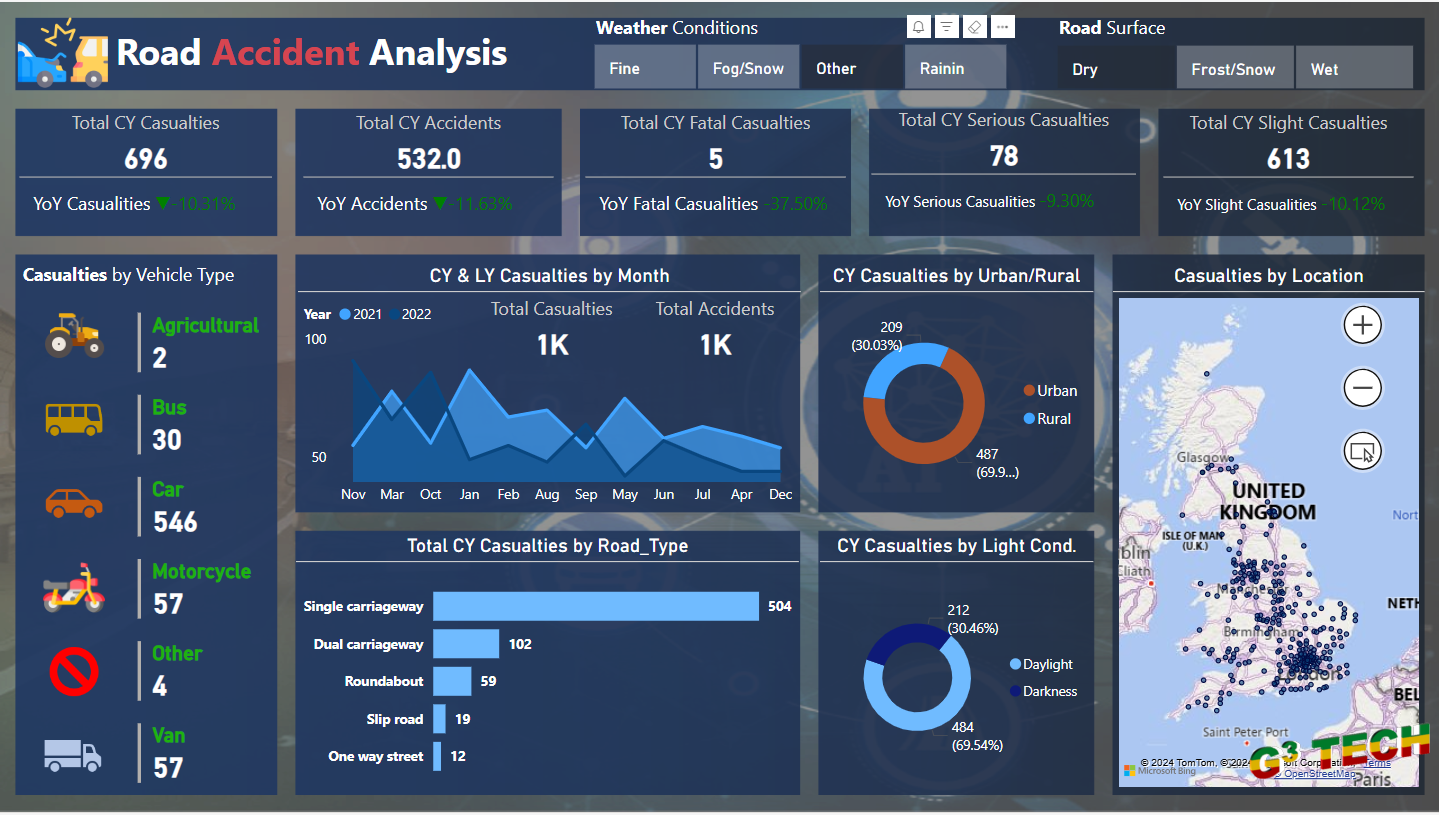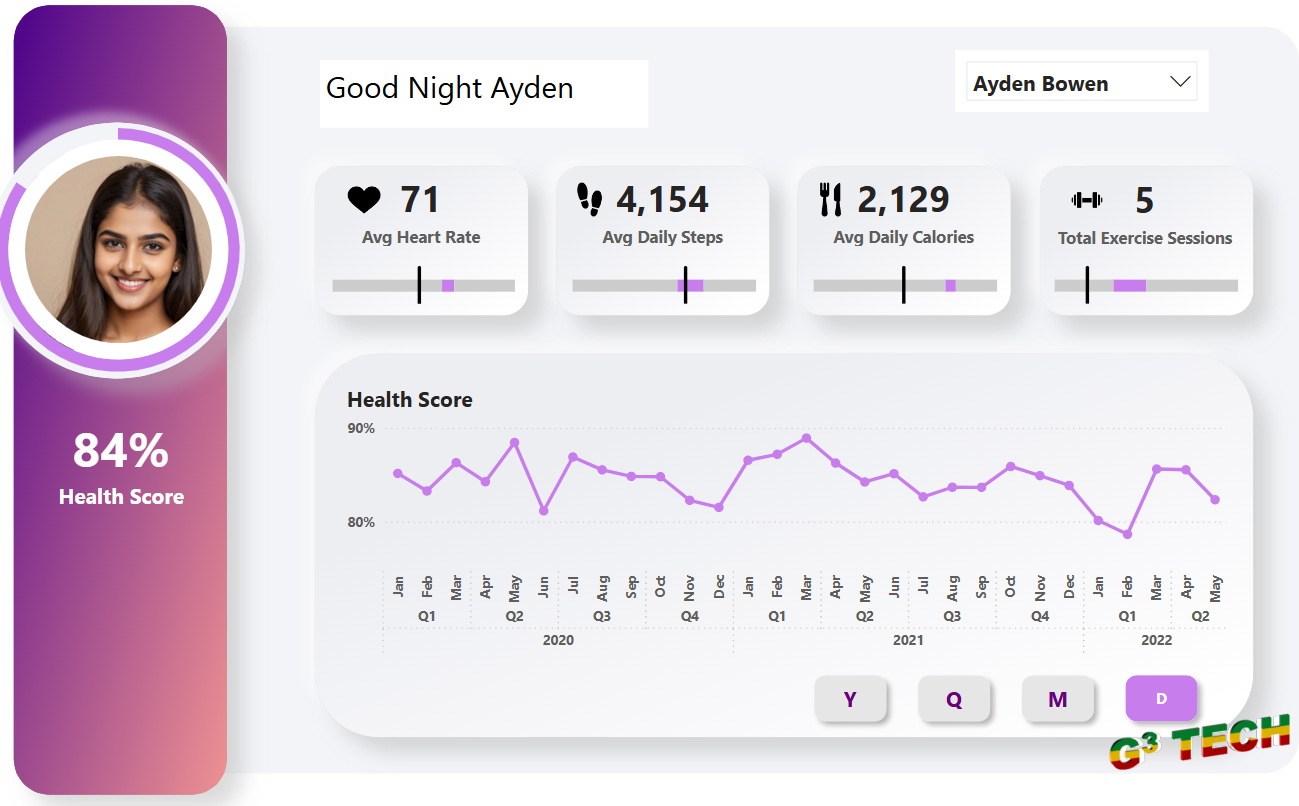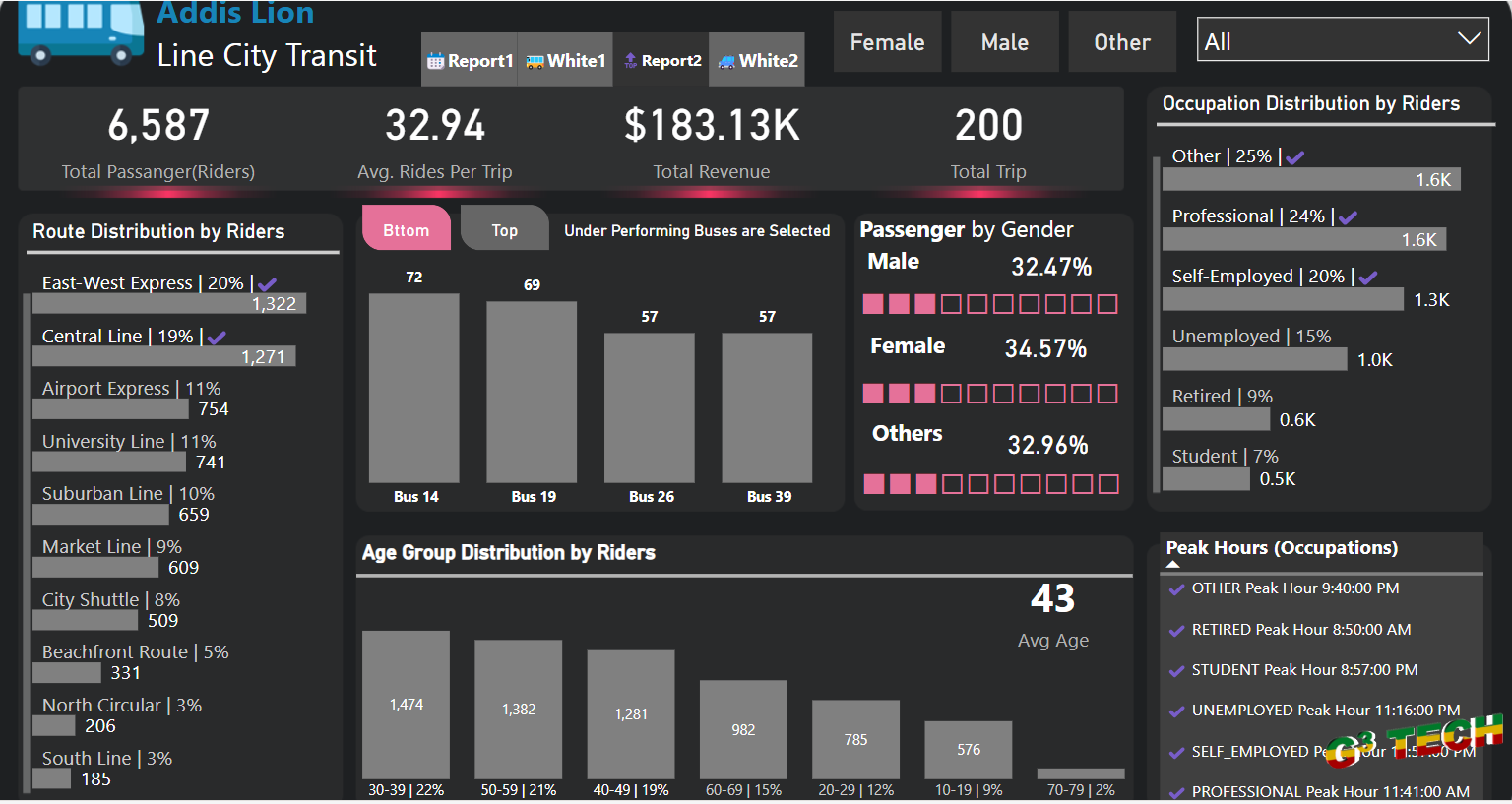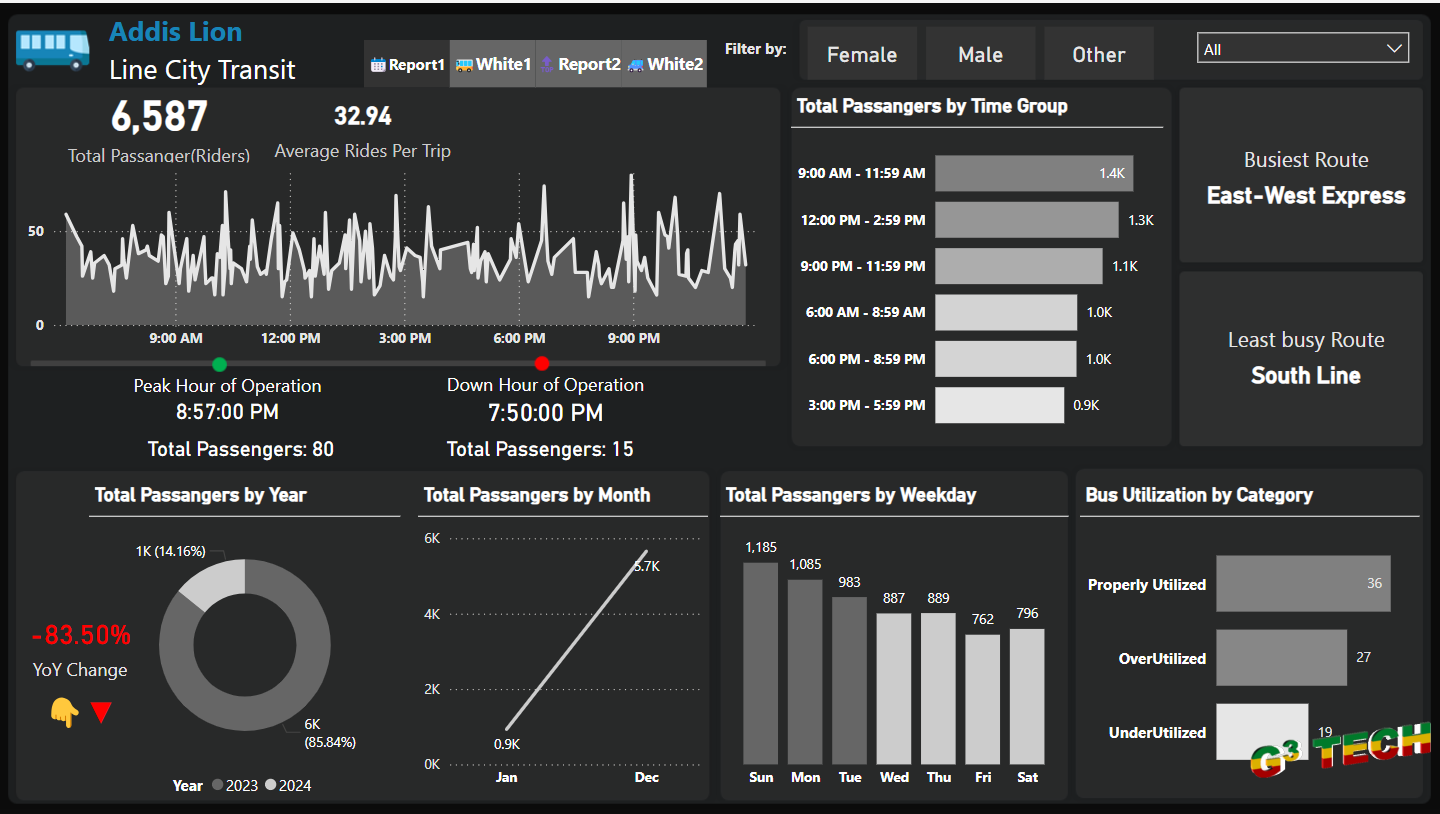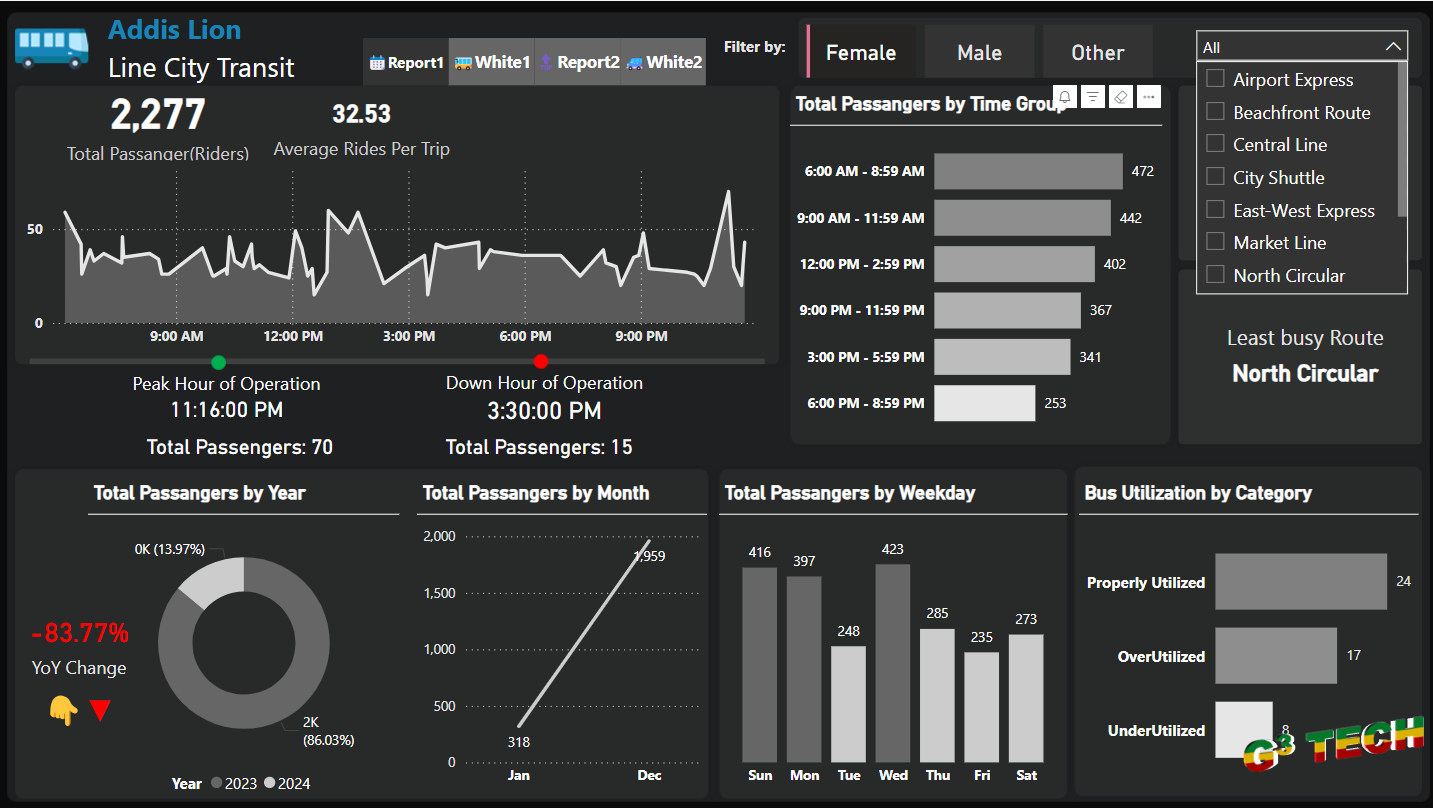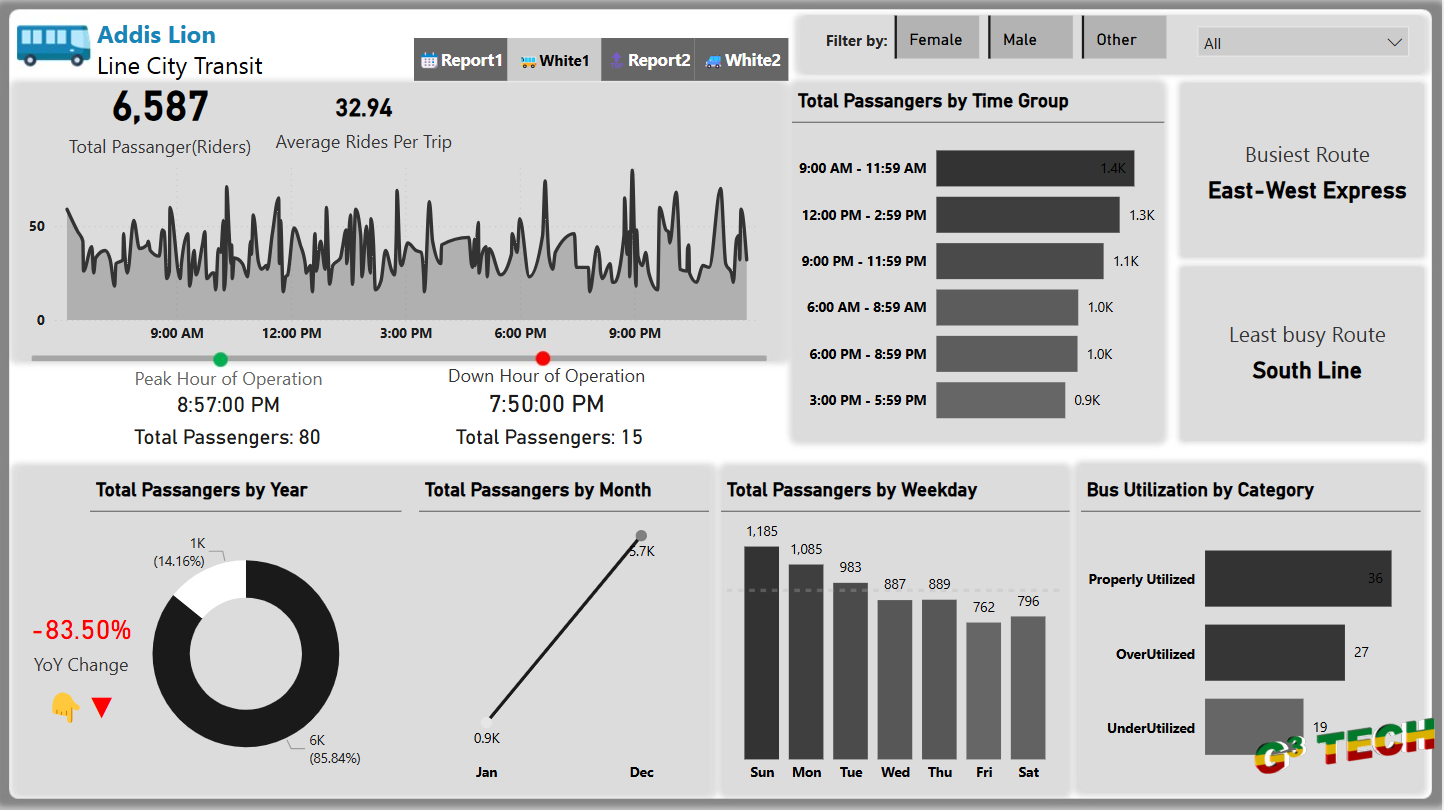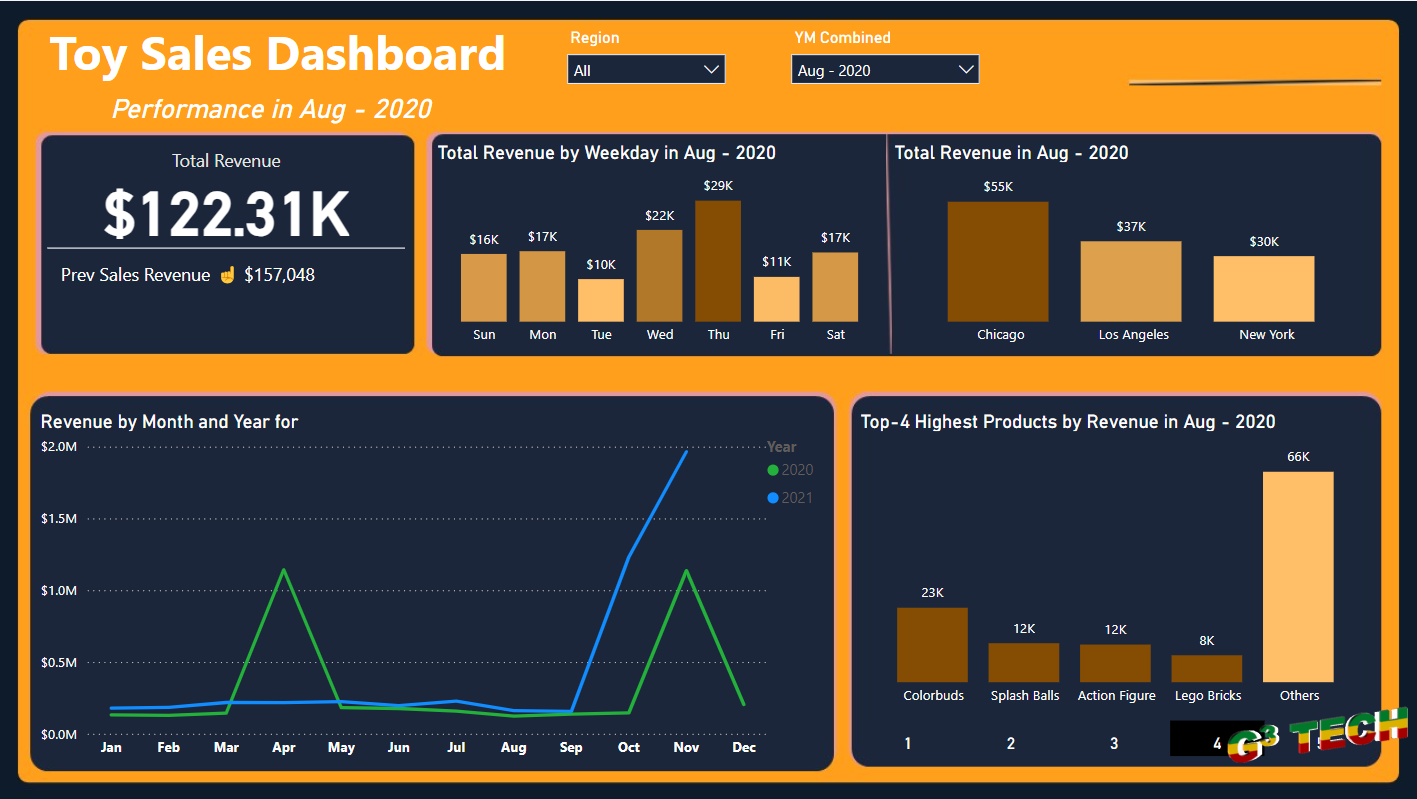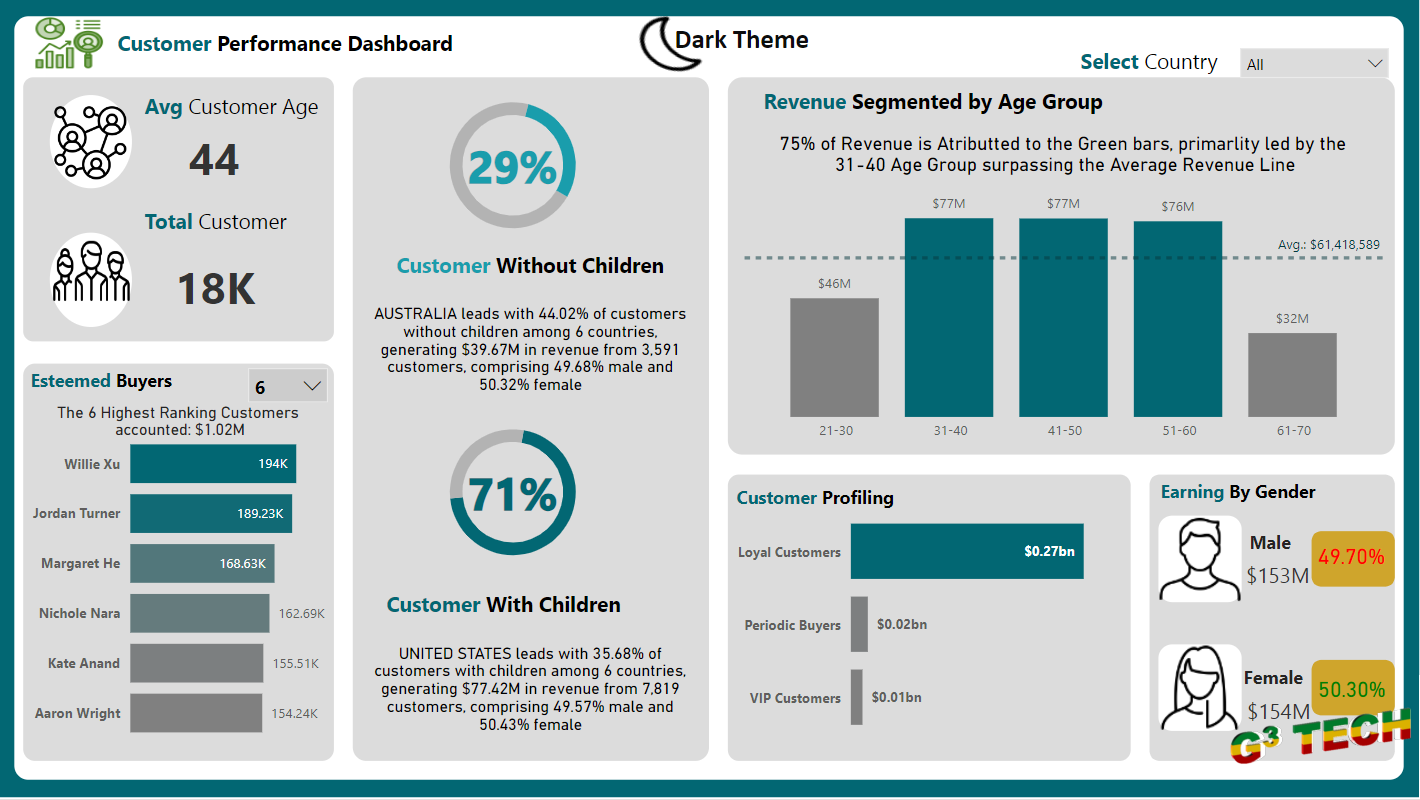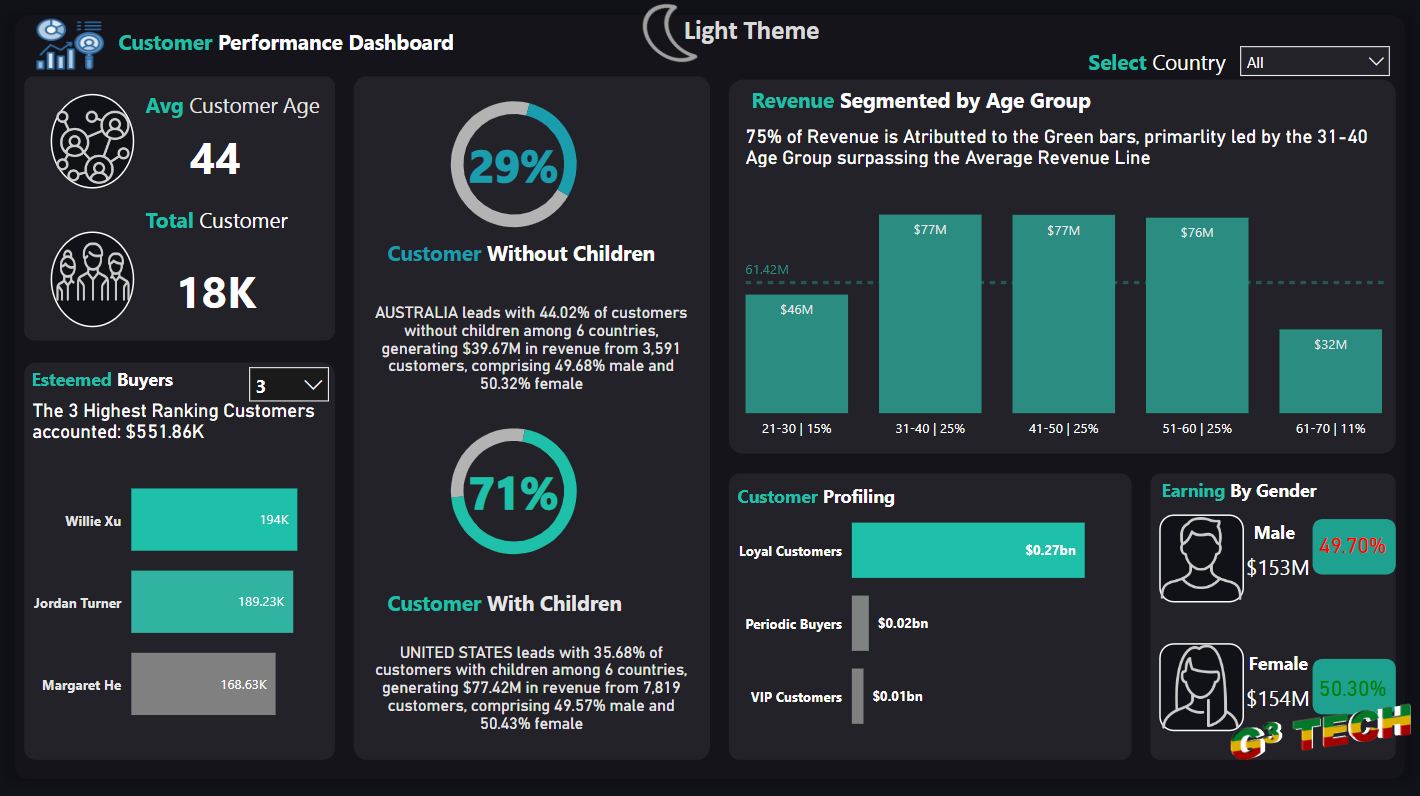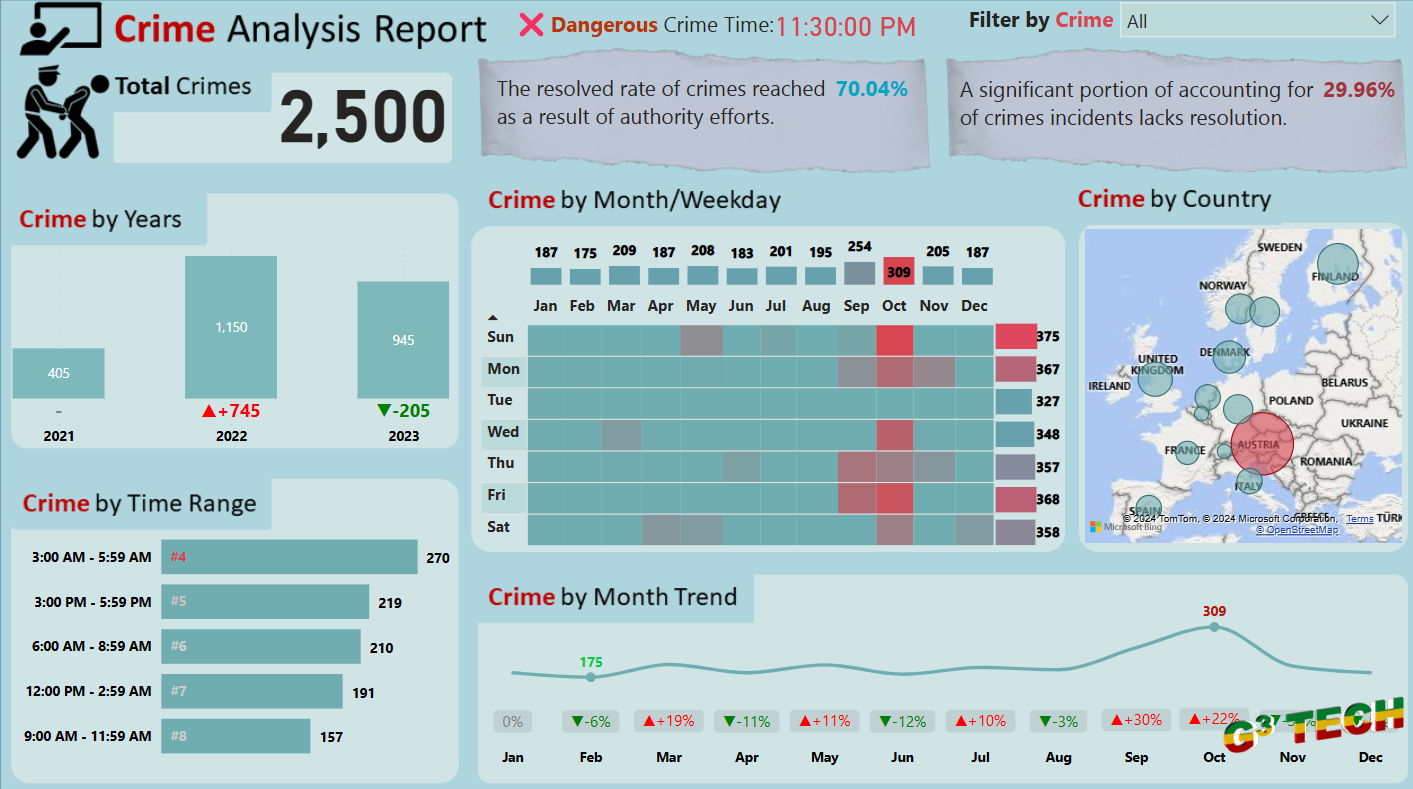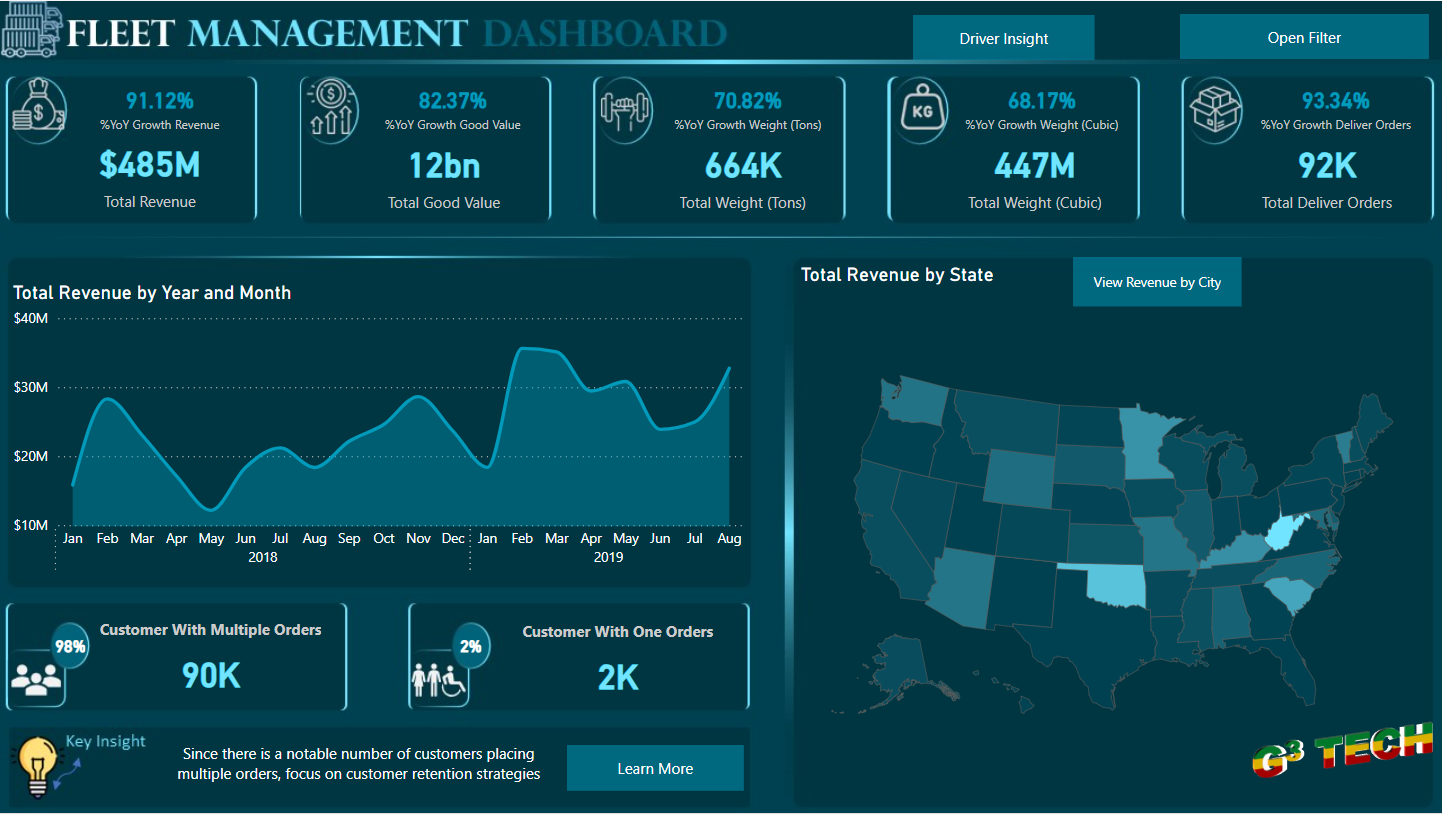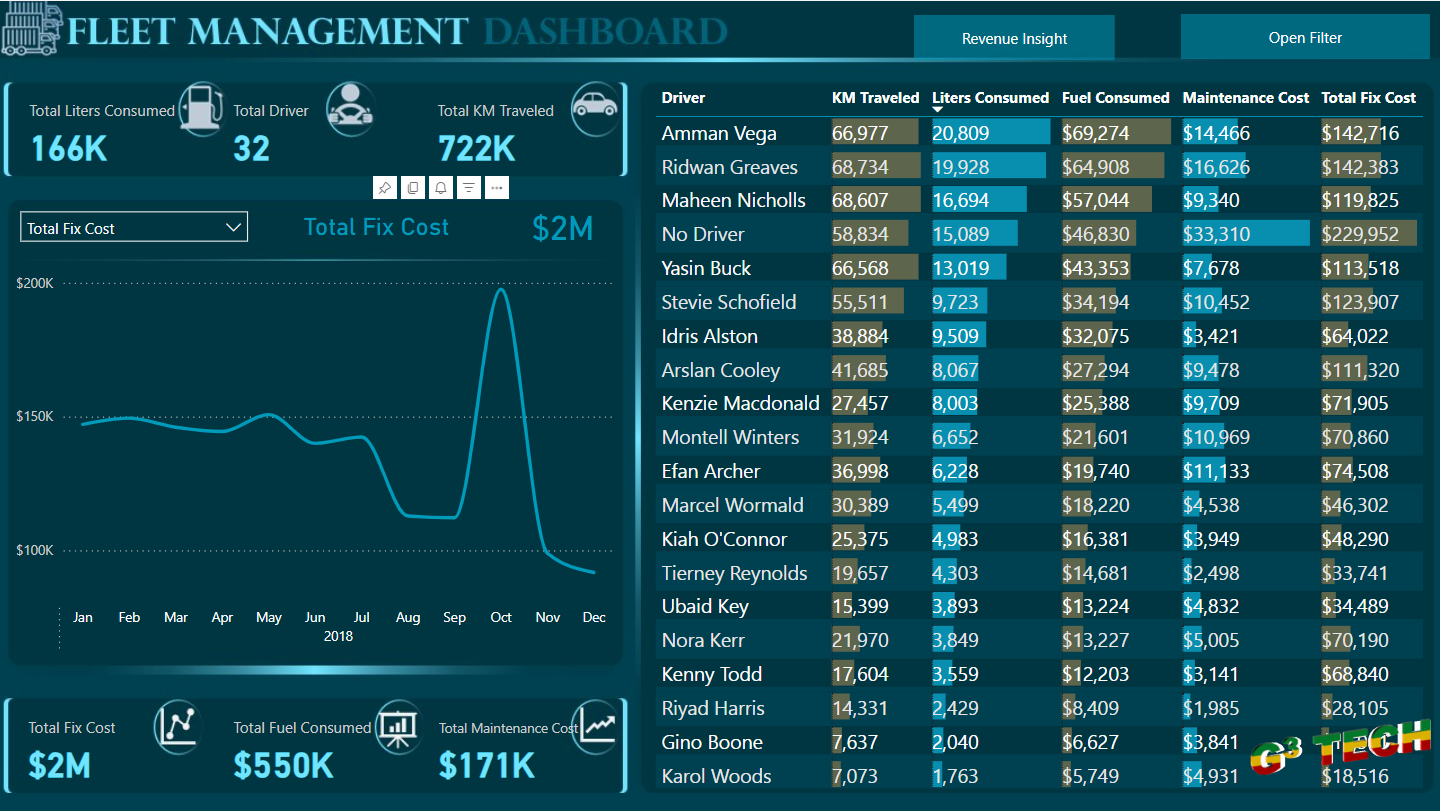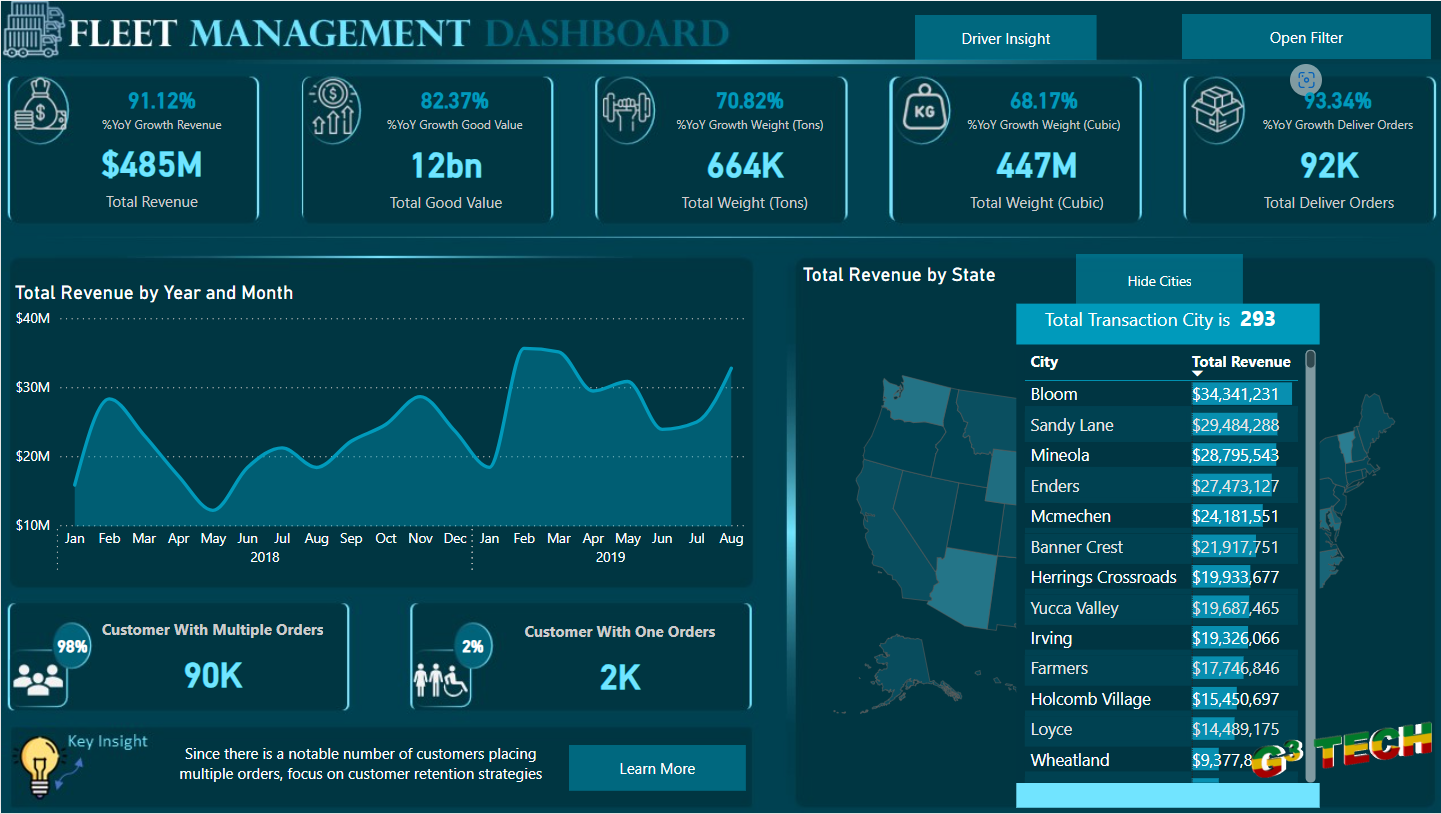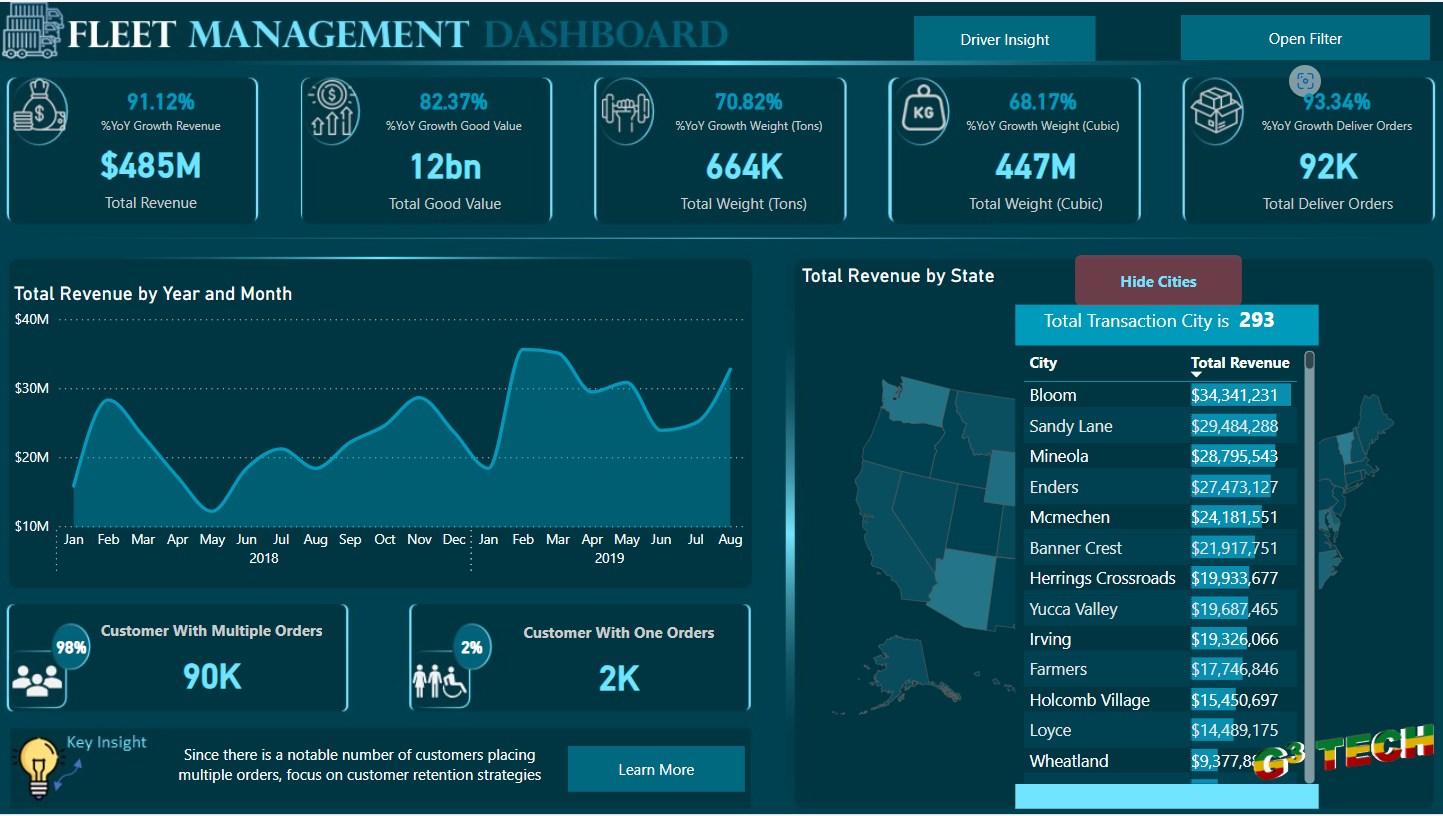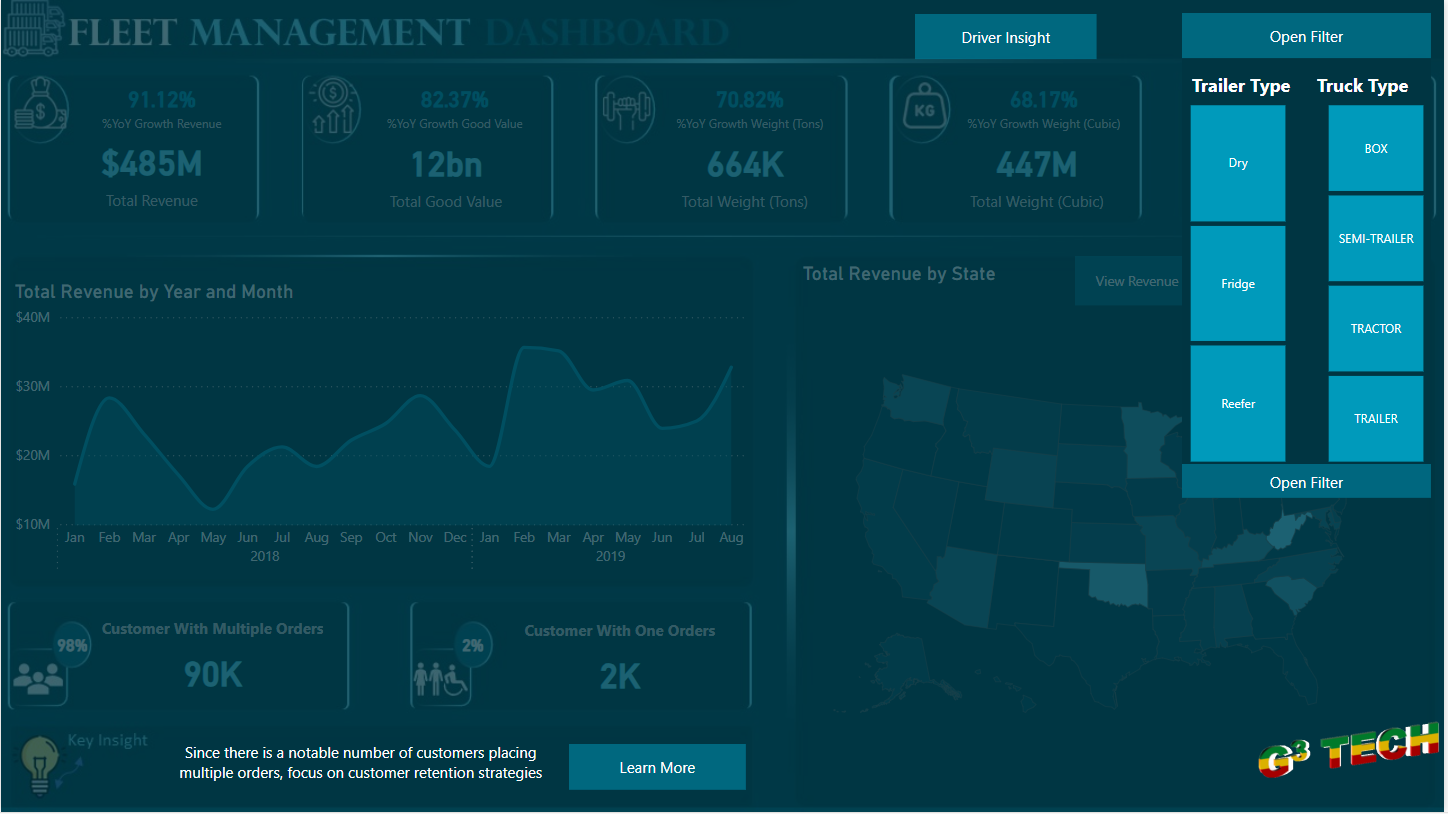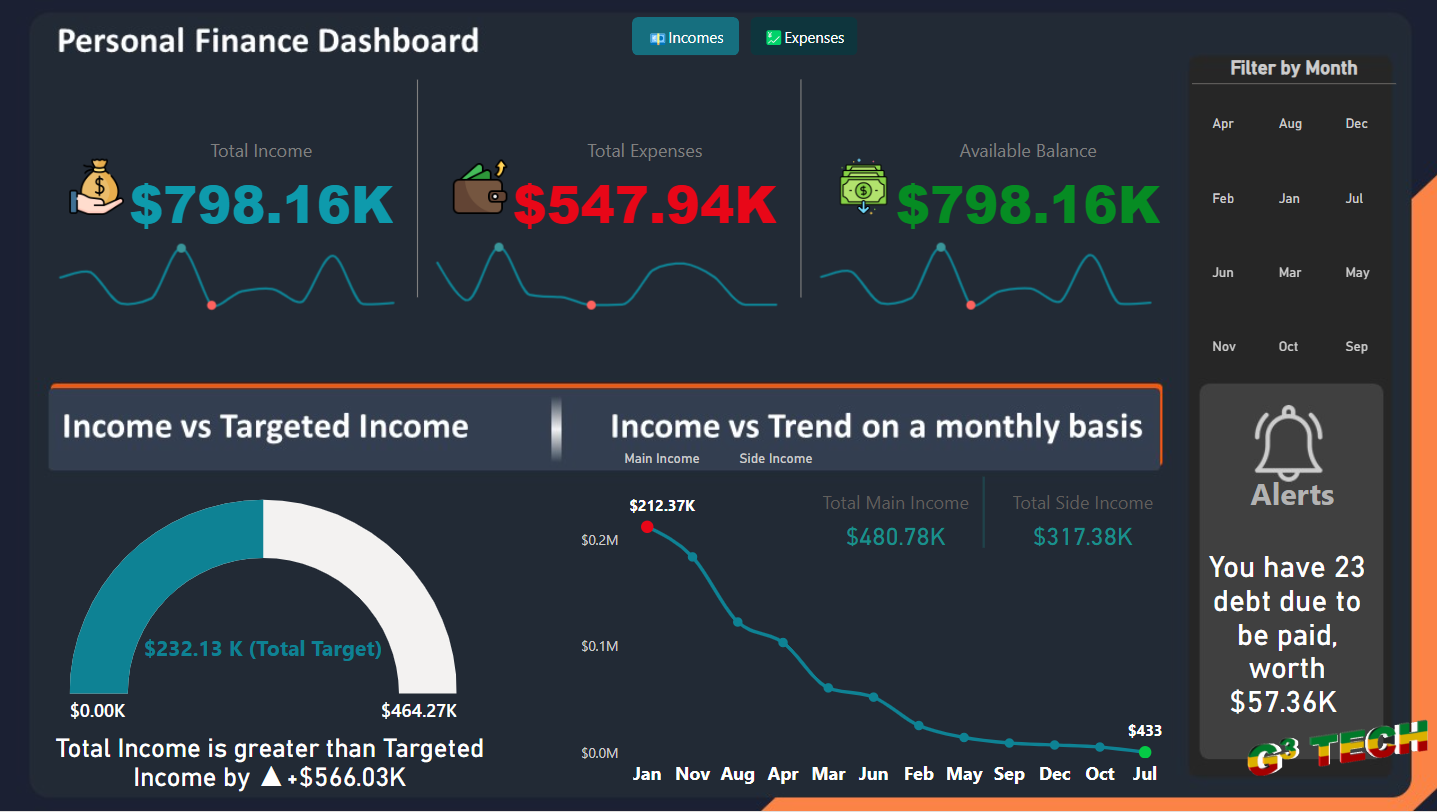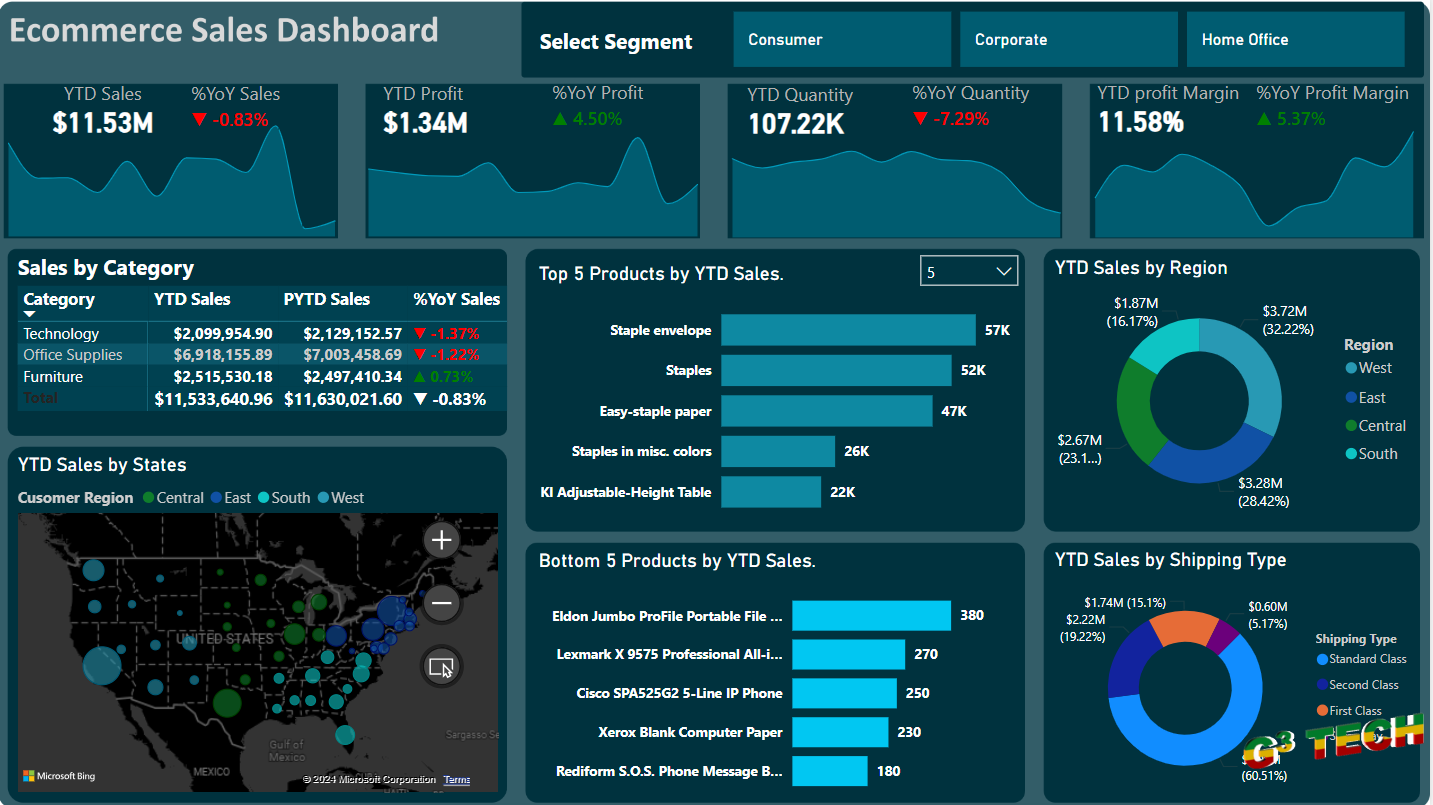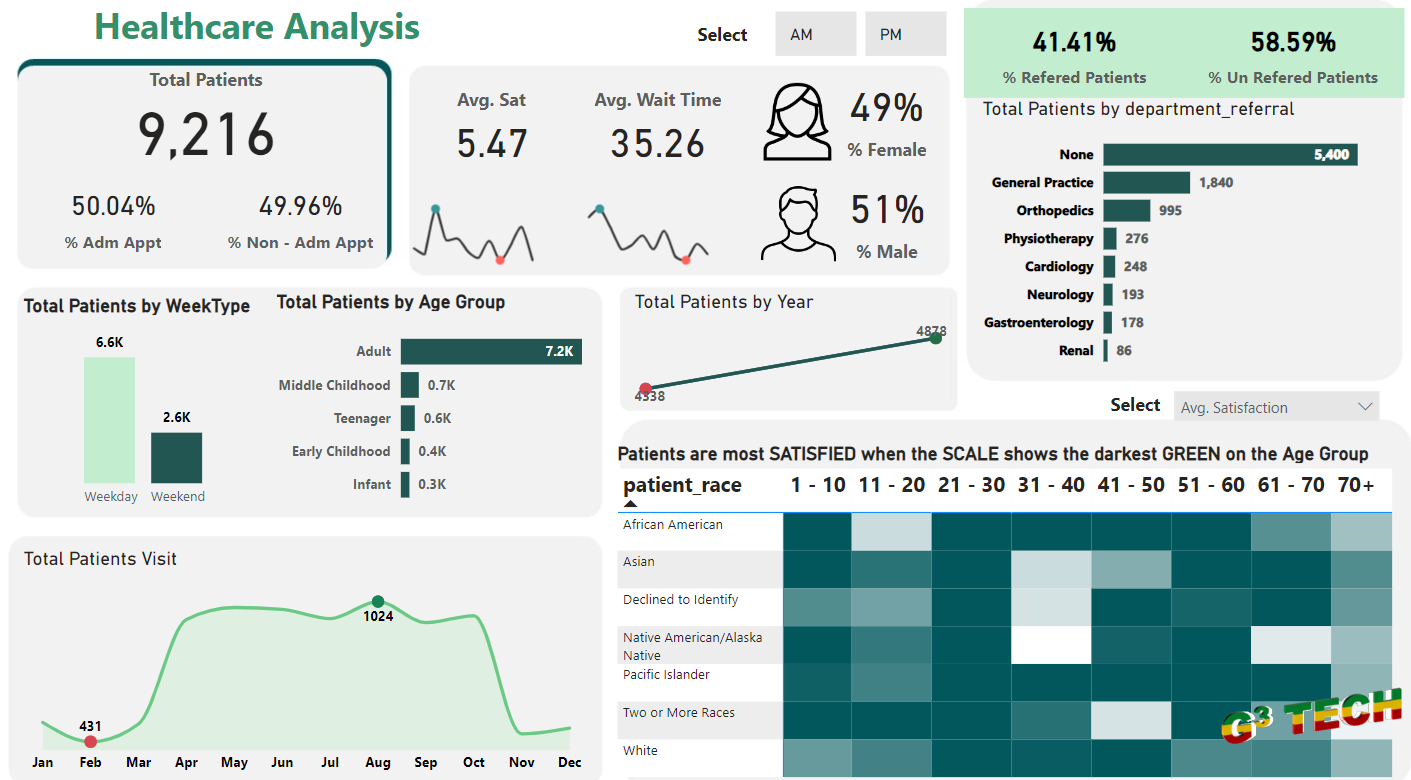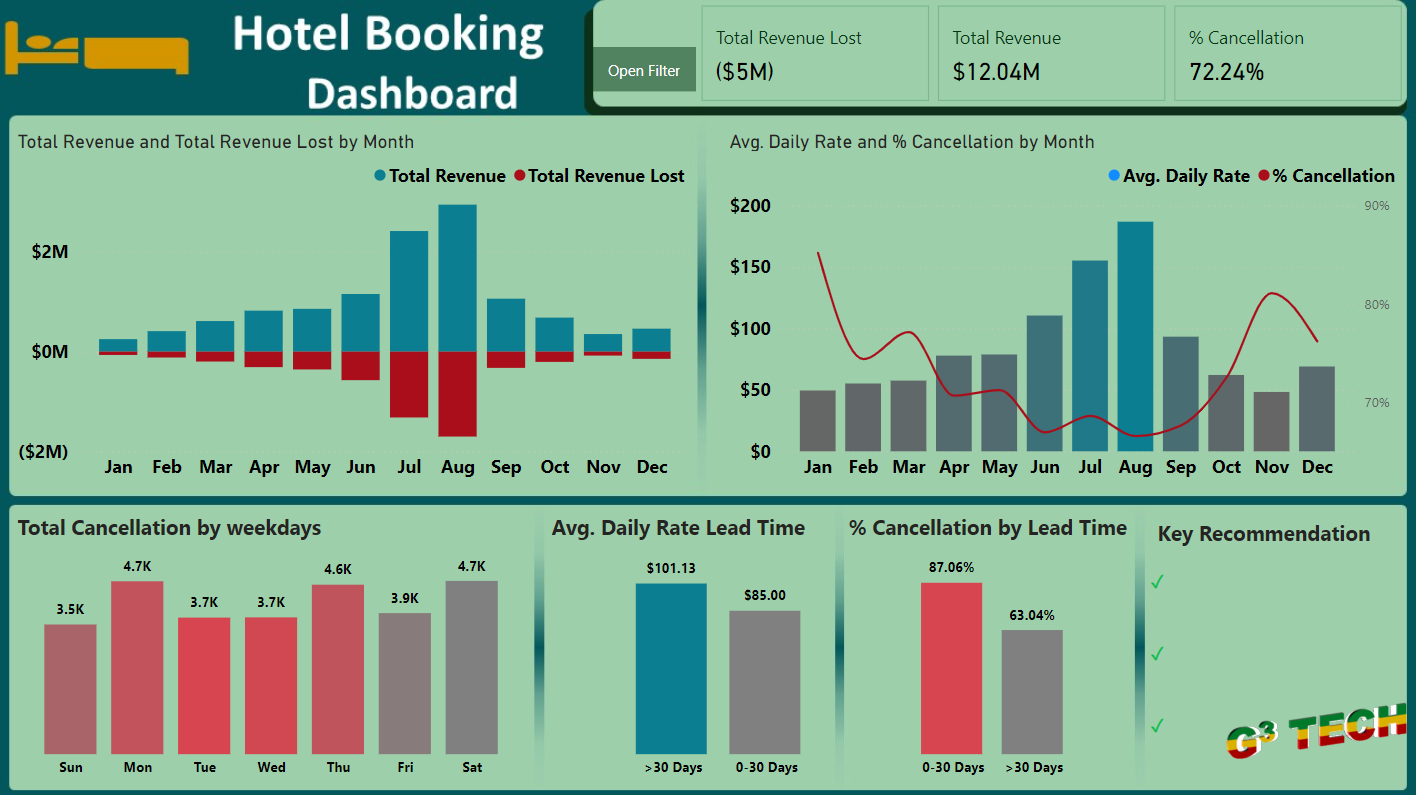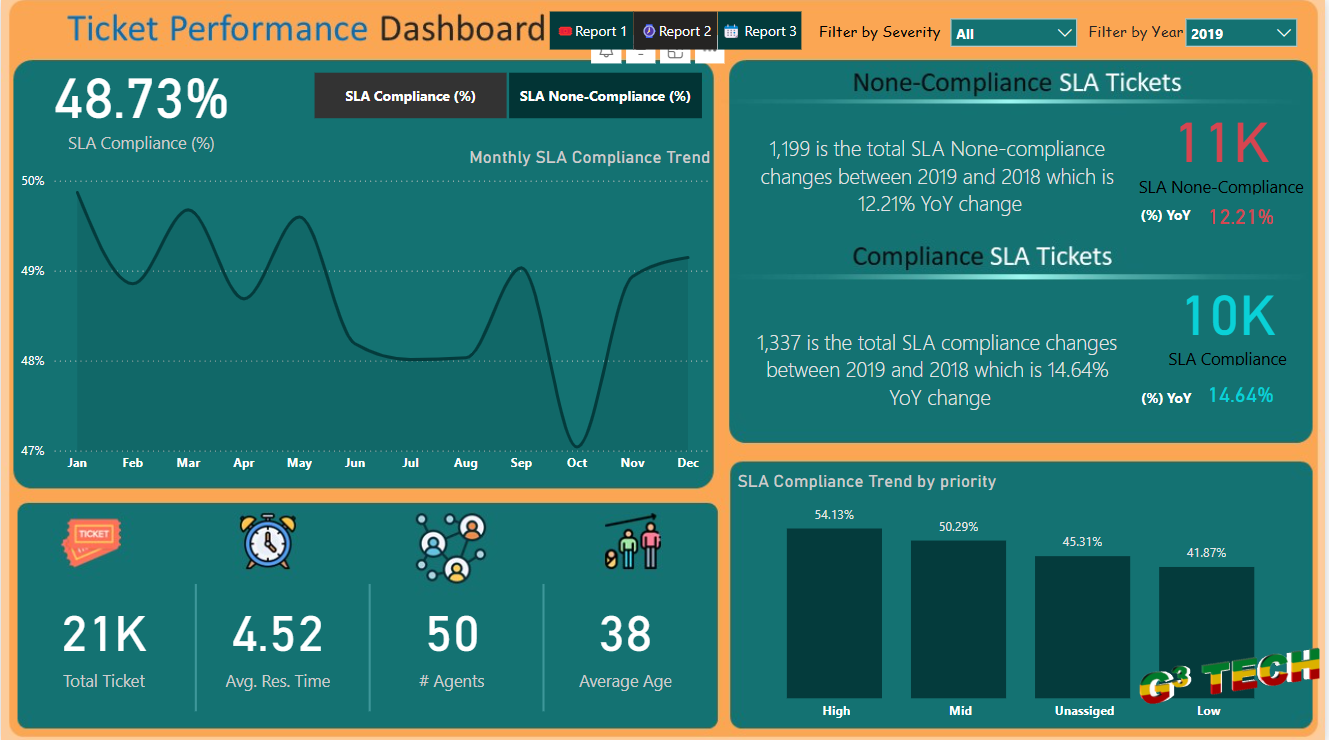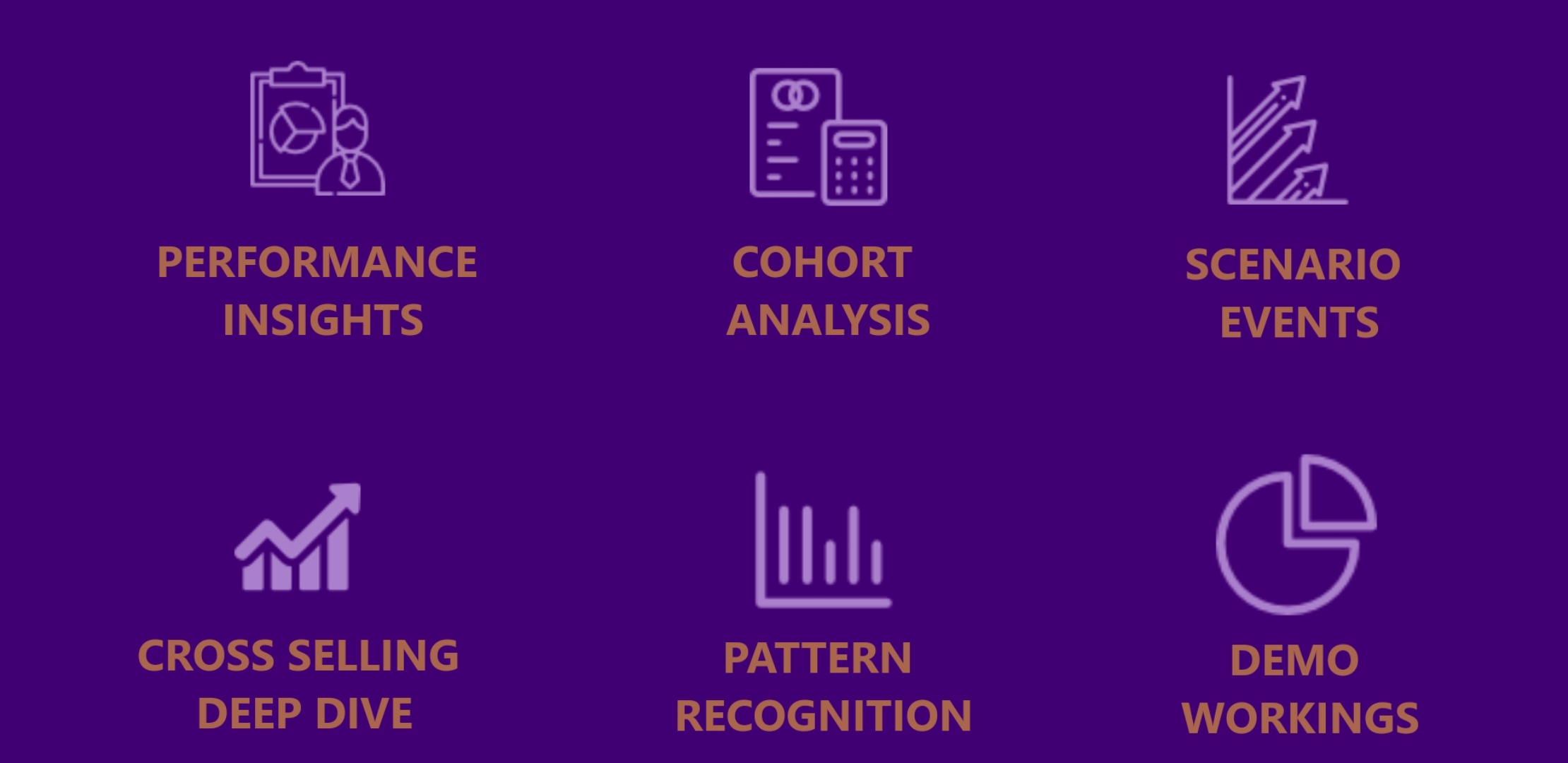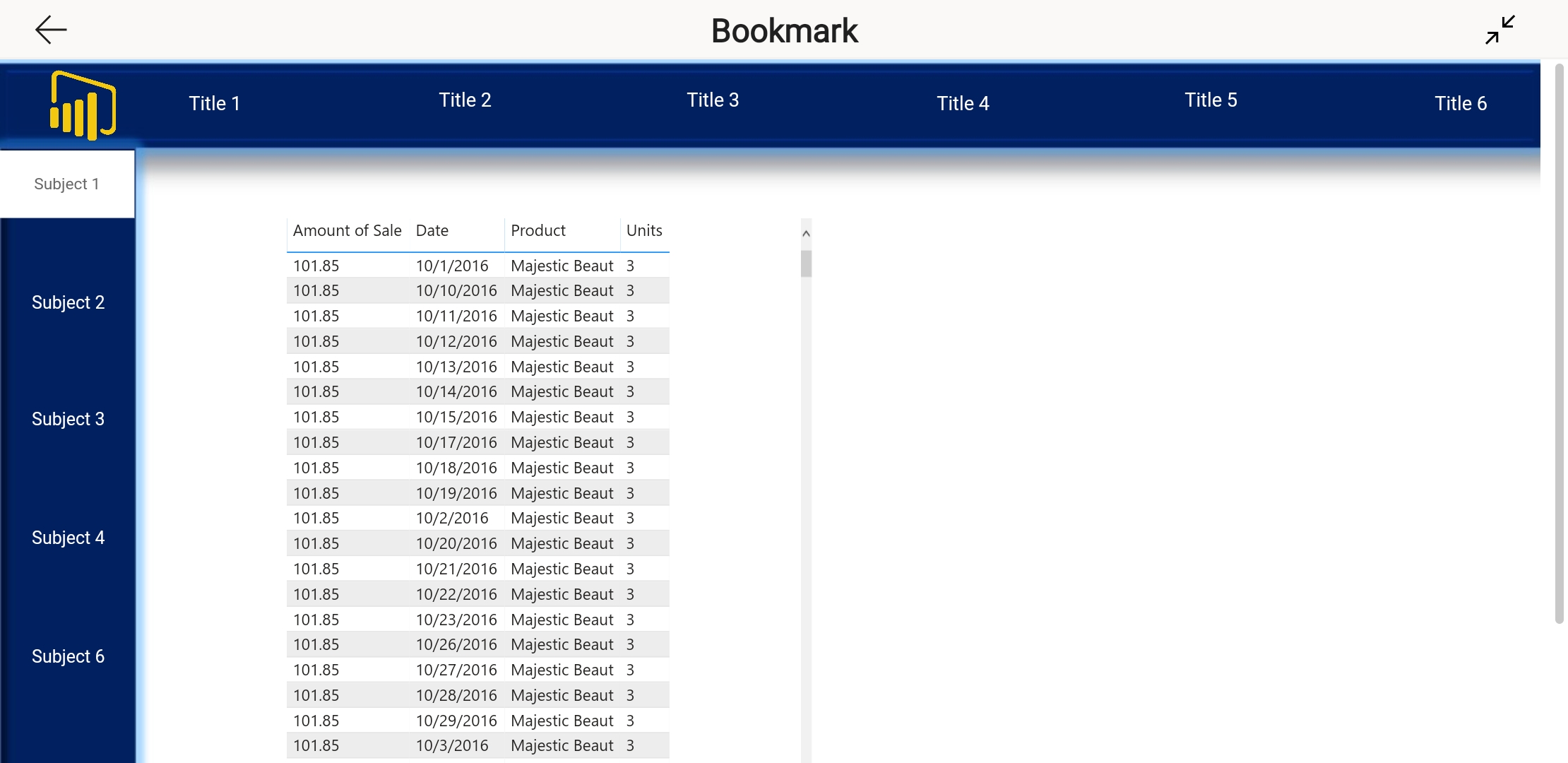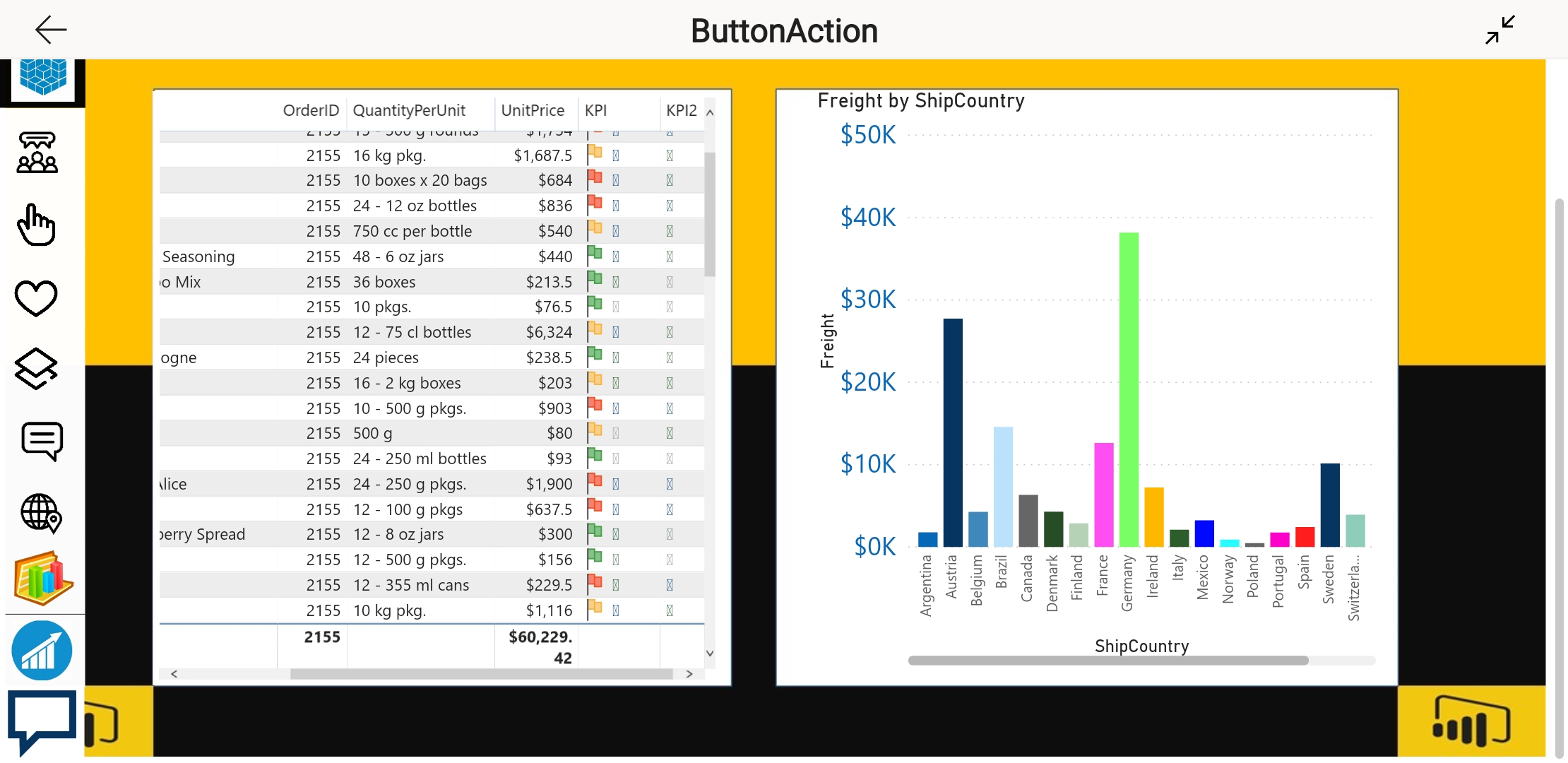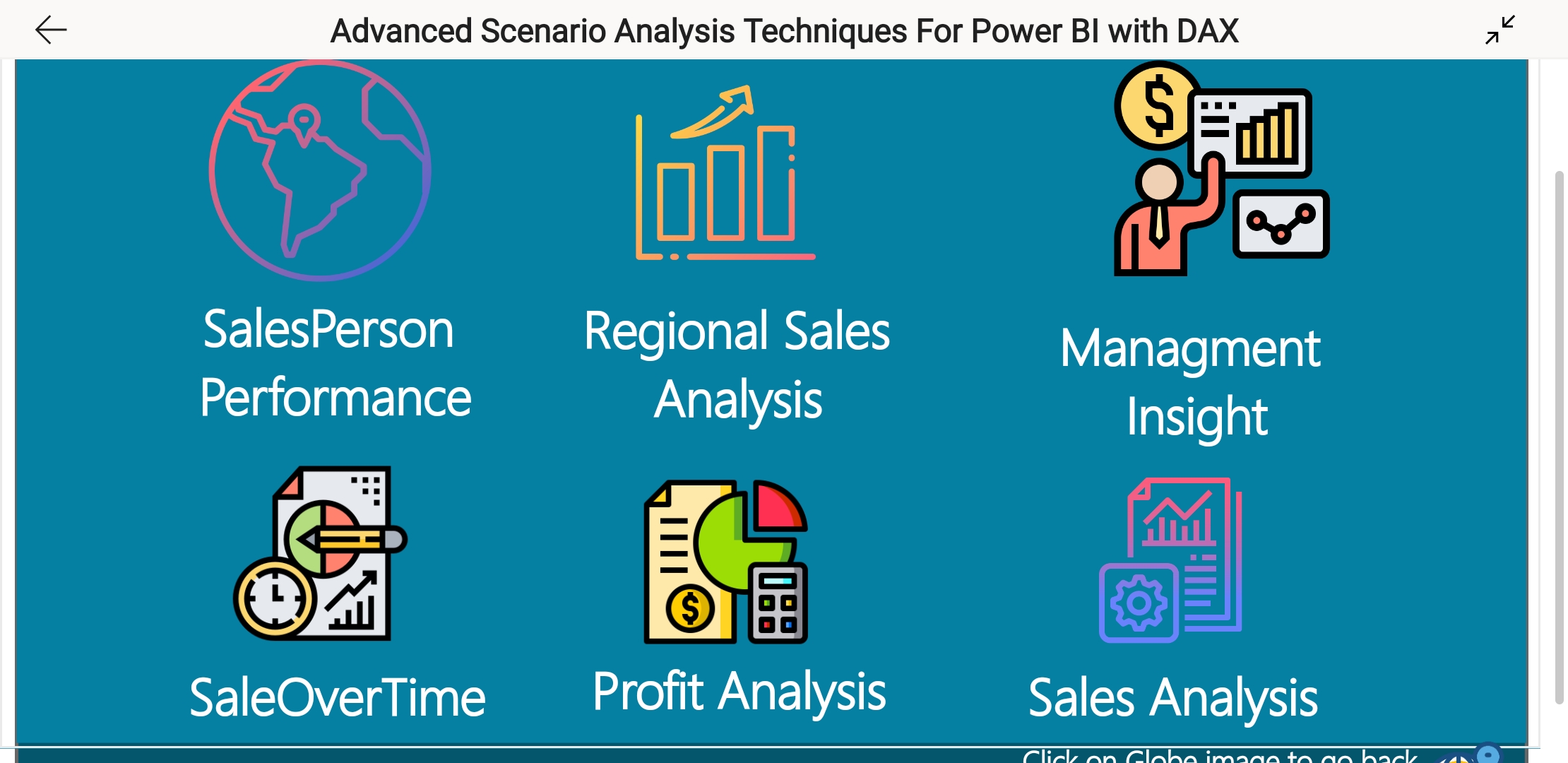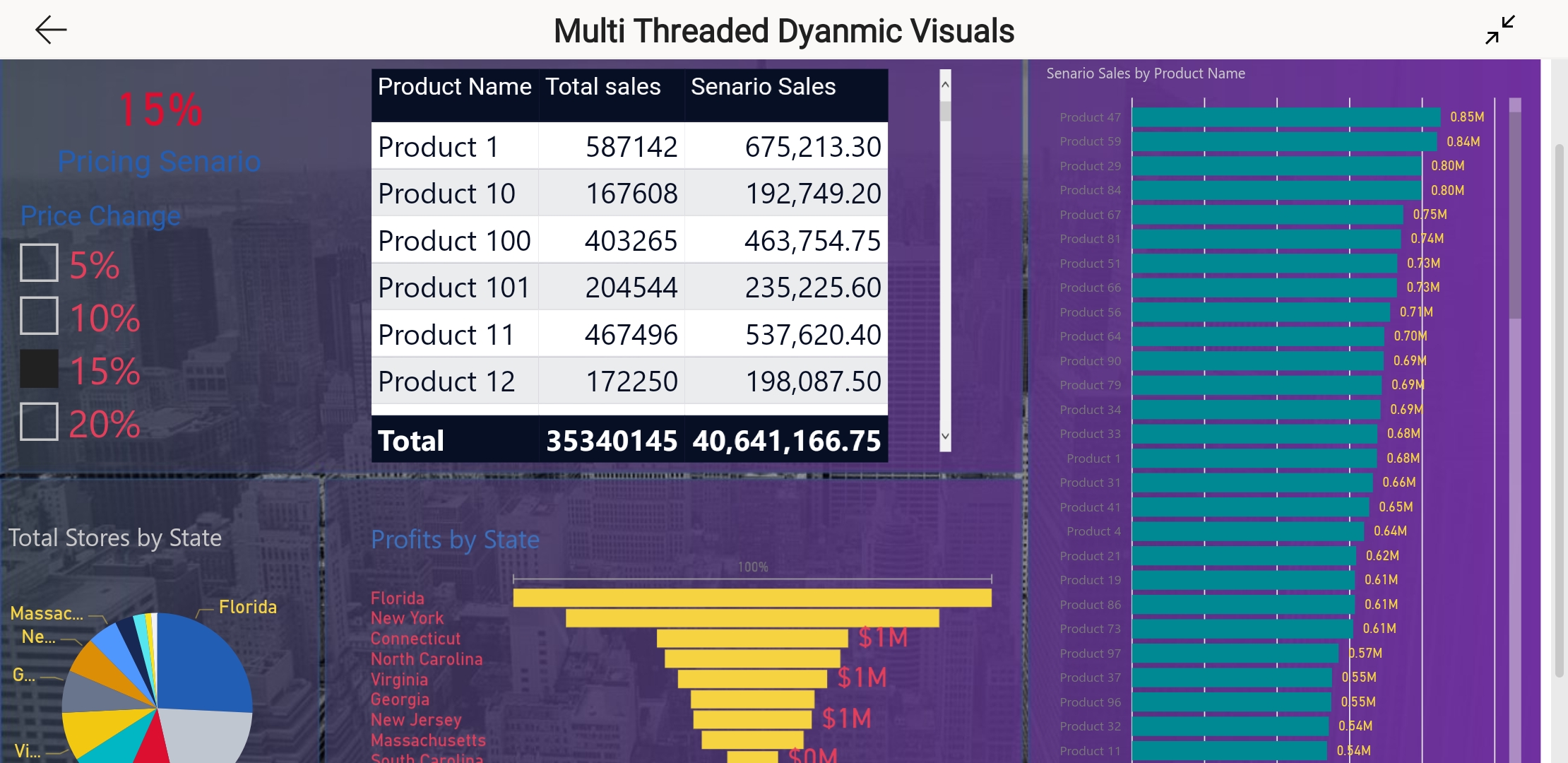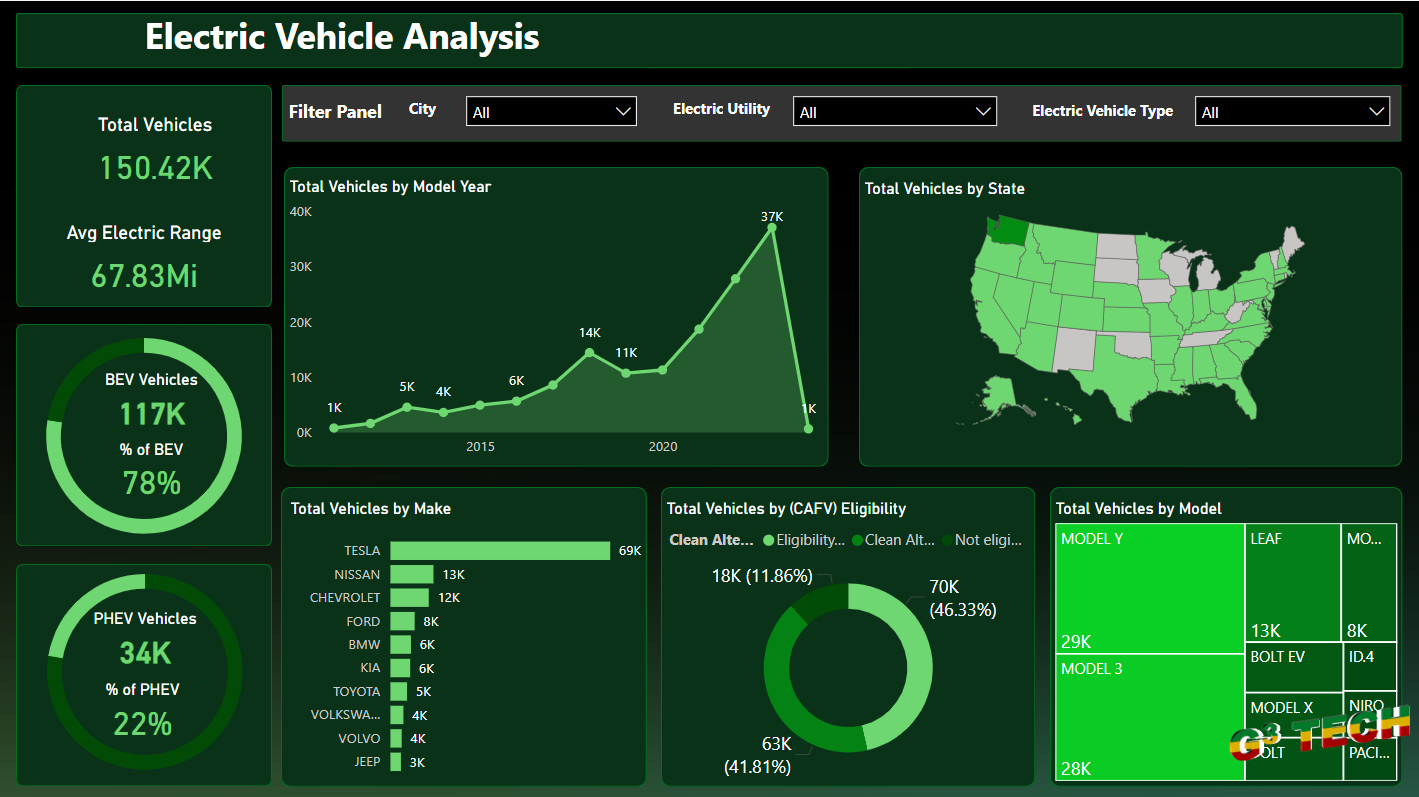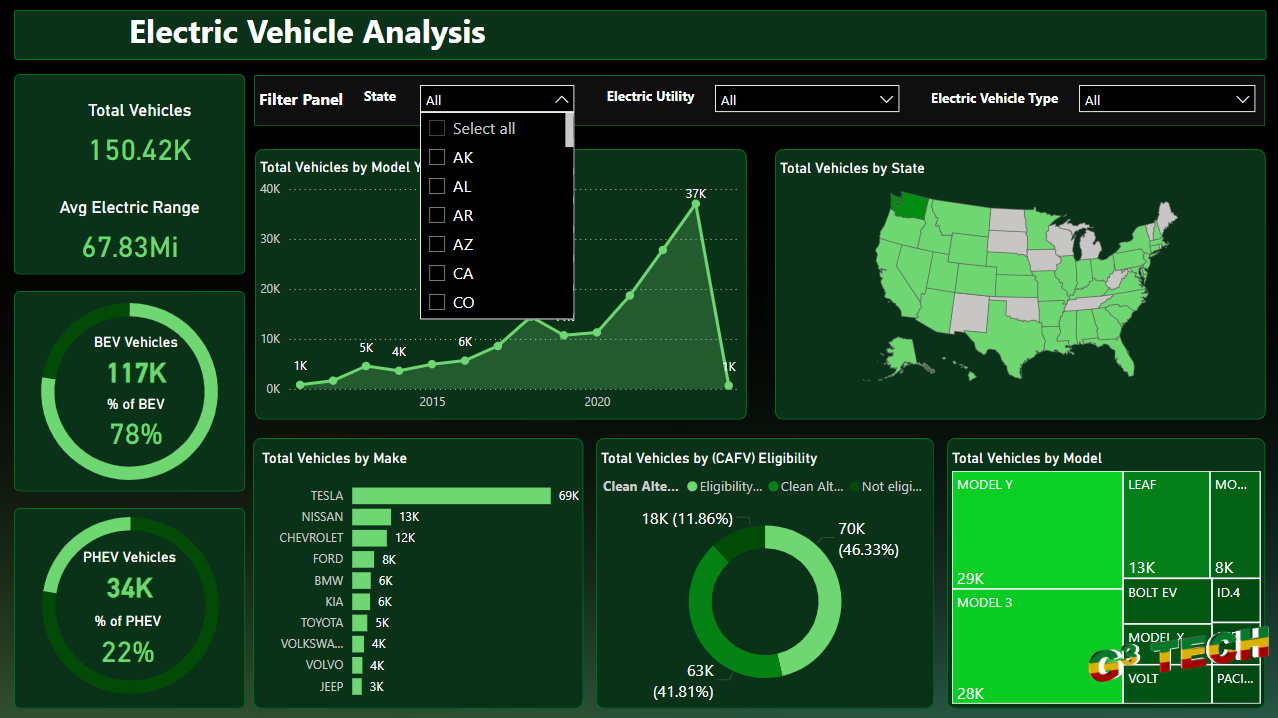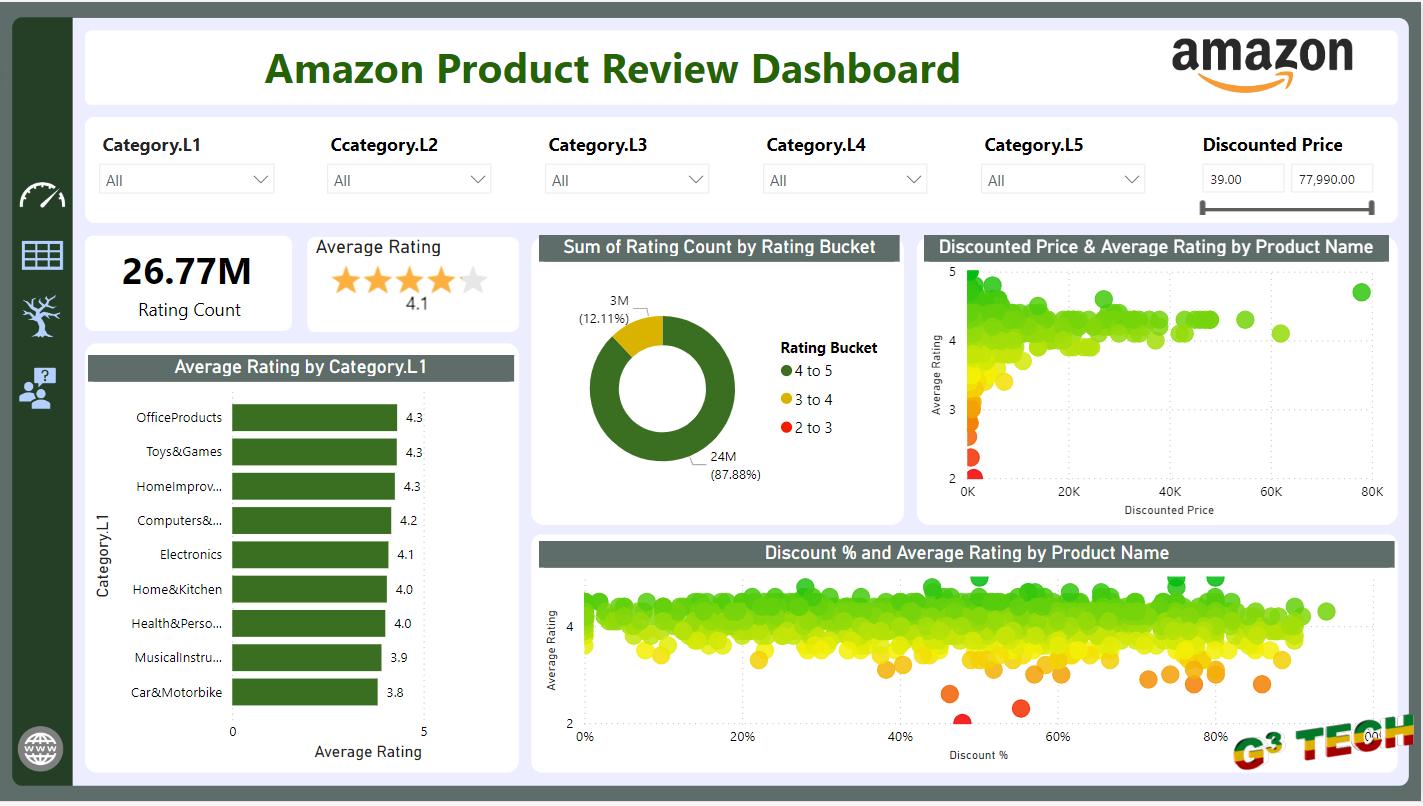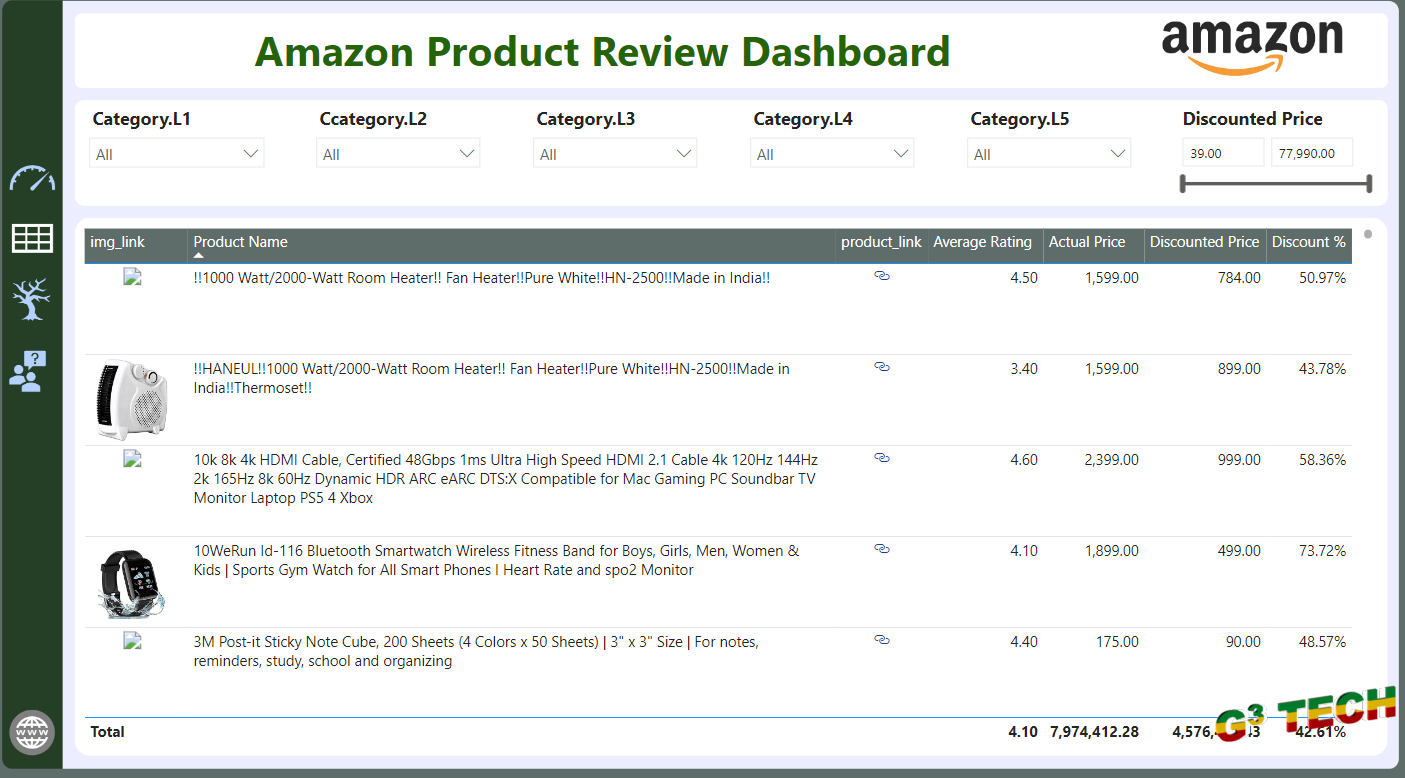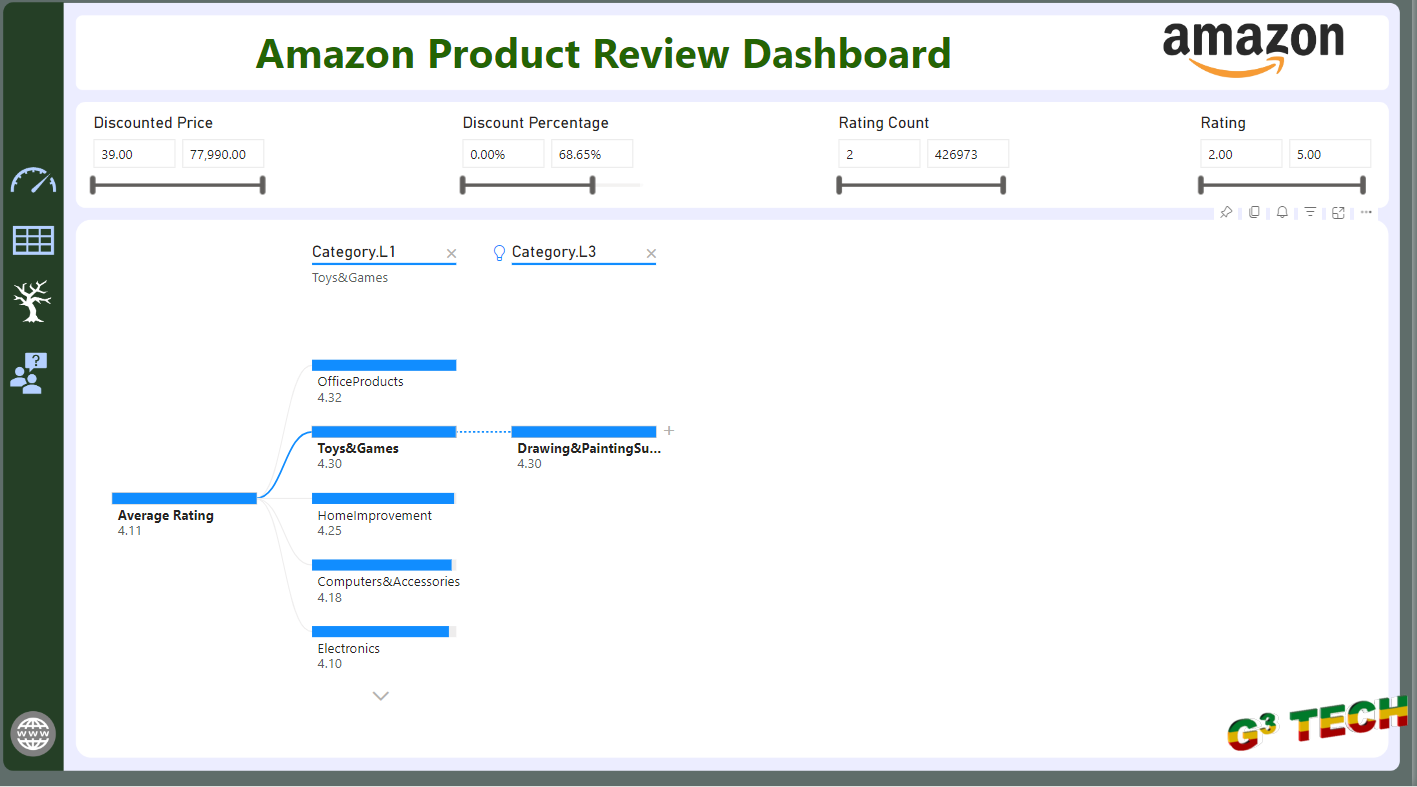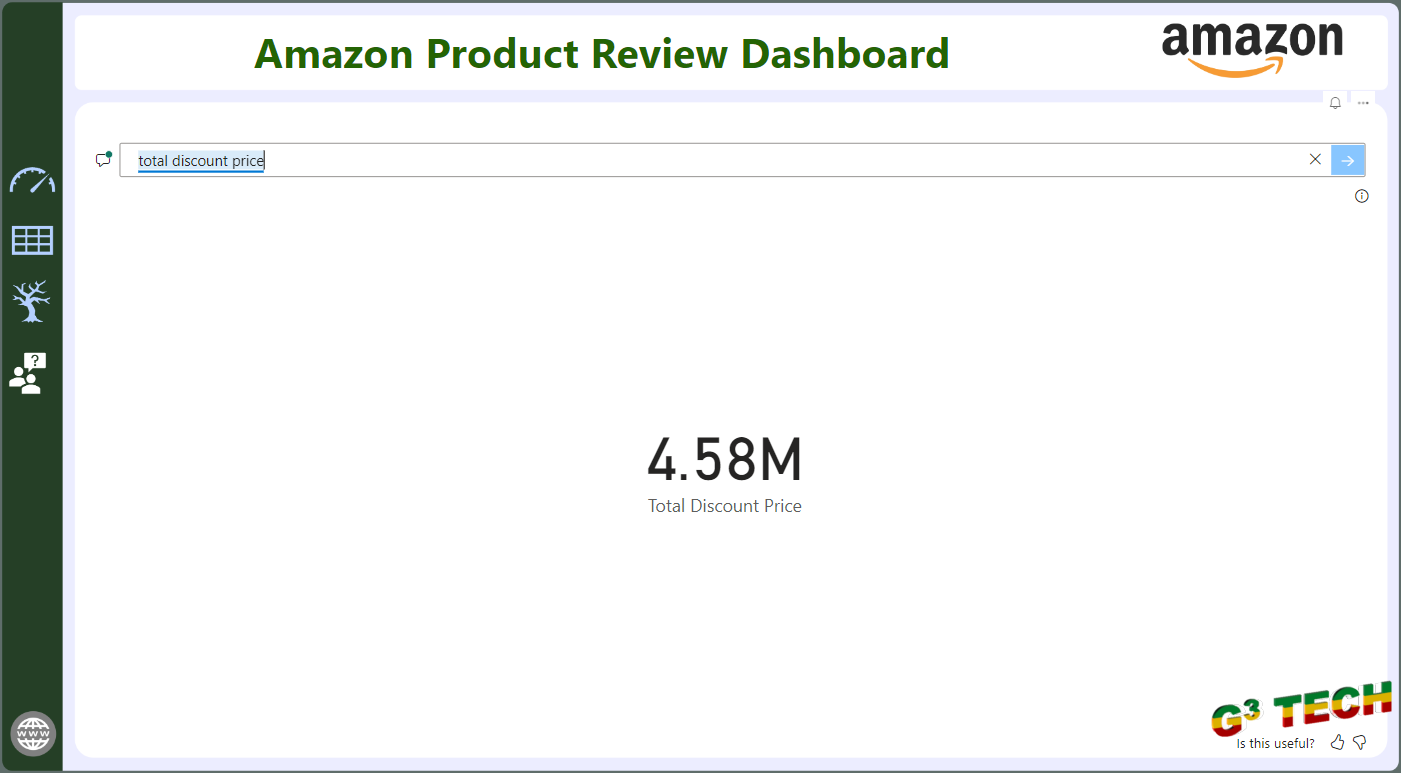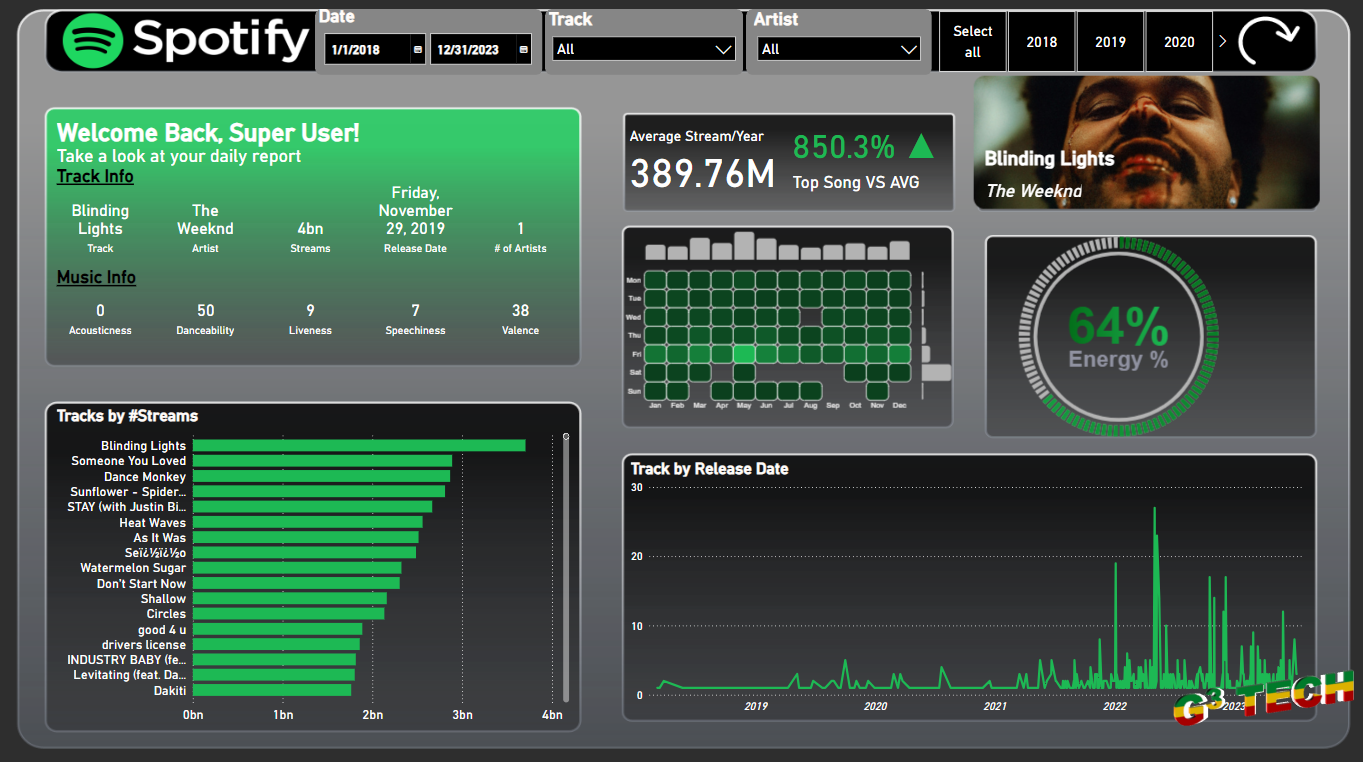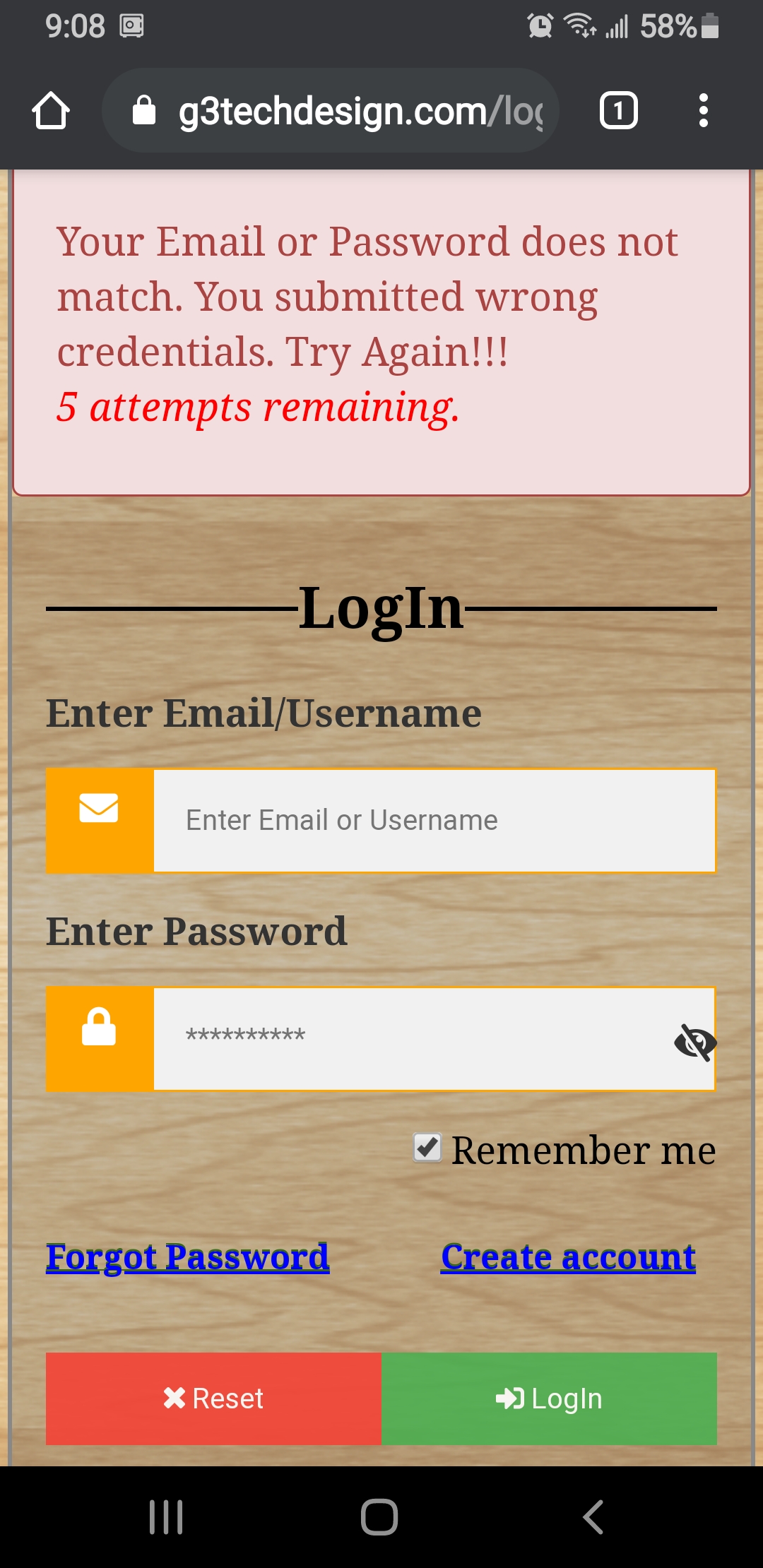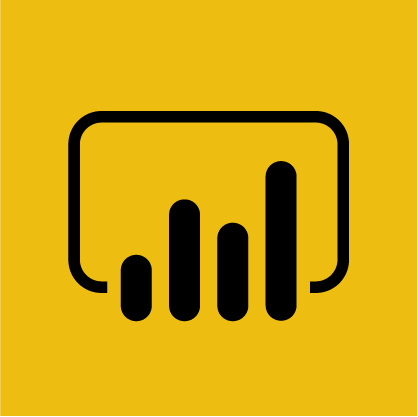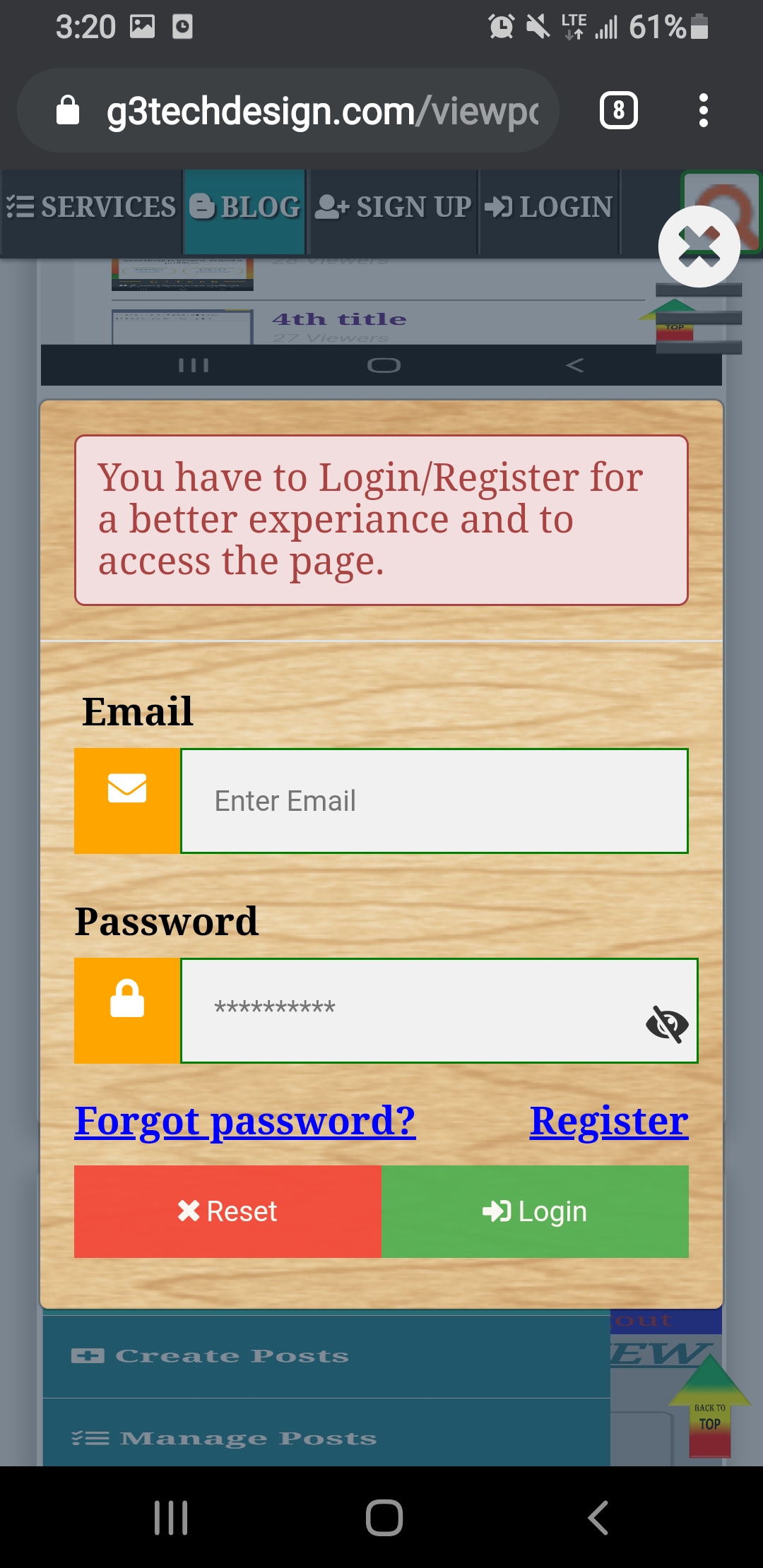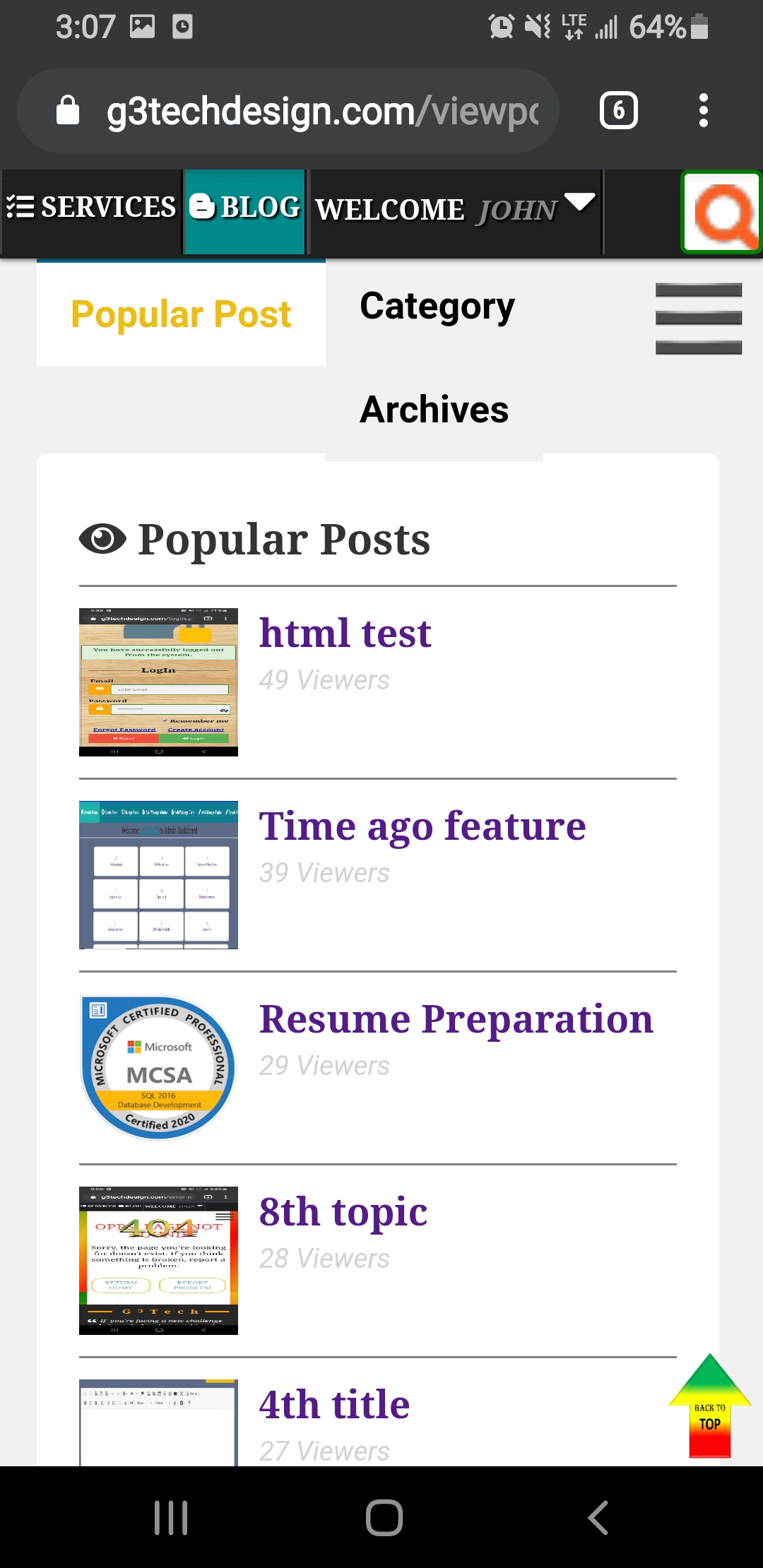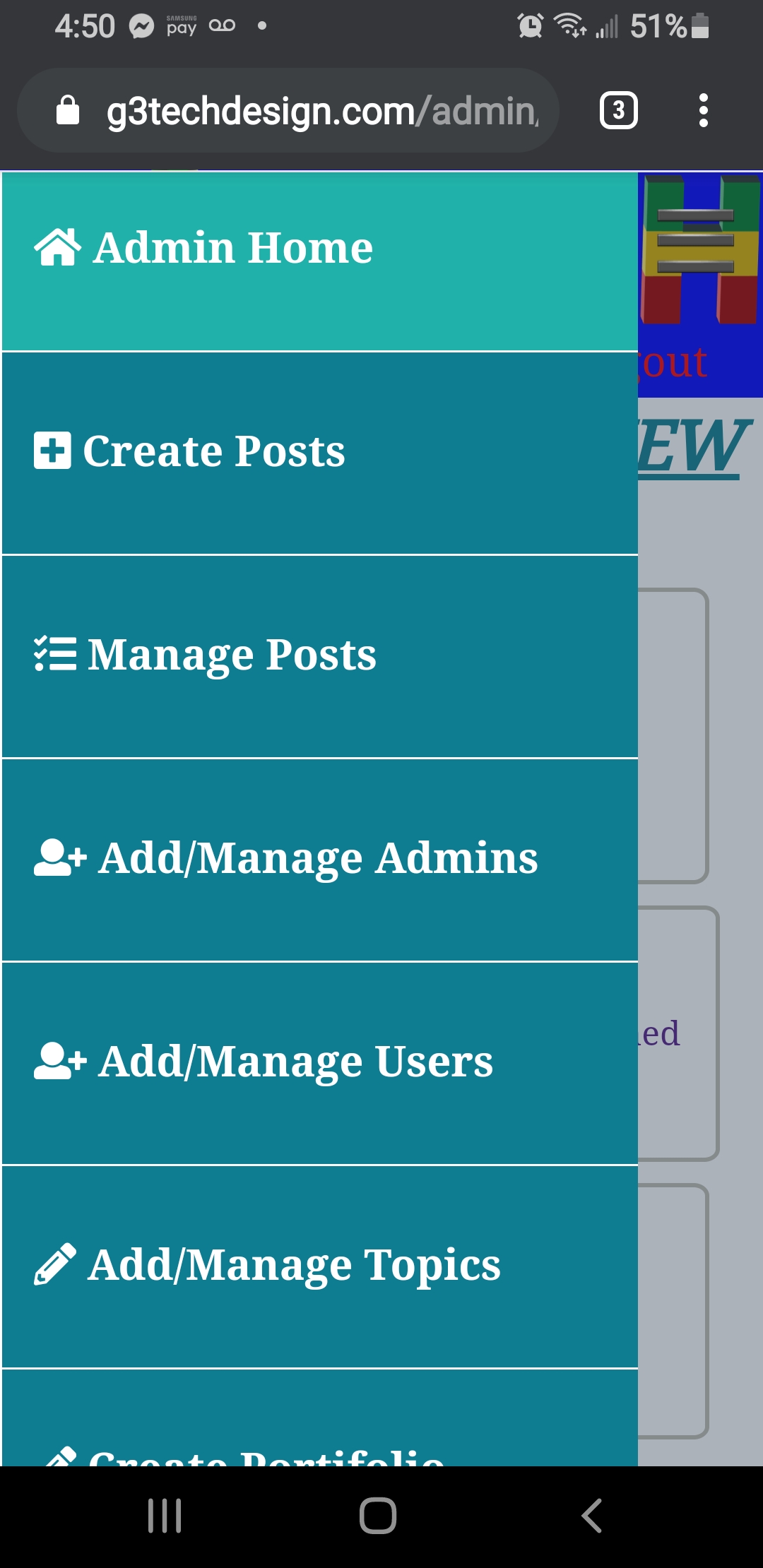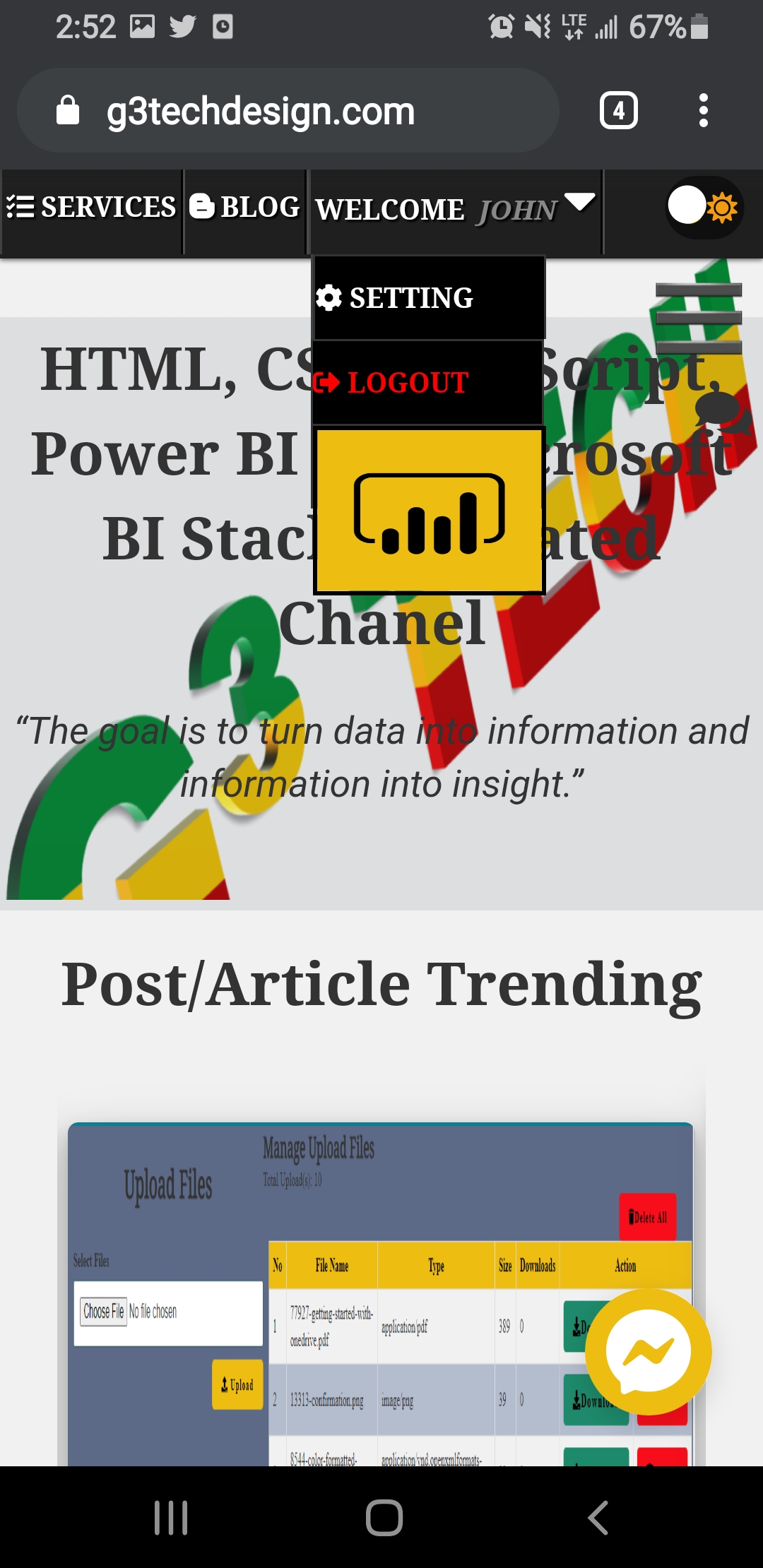In today's data-driven world, having a robust reporting system is essential for making informed business decisions. As a data analyst, I recently completed a project using Power BI to analyze and visualize key performance metrics for Heavy Power Nutrition. This project aimed to provide a comprehensive view of the company's sales performance, profitability, and trends over time. In this blog post, I'll discuss the process, the features of the Power BI dashboard, and the benefits of using such a tool for business analysis.
The Power BI Dashboard
The Power BI dashboard for Heavy Power Nutrition was designed to offer a clear and concise overview of critical business metrics. The dashboard features a sleek, user-friendly interface that allows users to quickly access and interpret data. Key sections of the dashboard include:
- Ordered Quantity
- Total Net Sales
- Total Gross Profit
These metrics are dynamically updated based on user-selected date ranges, providing a flexible and interactive reporting experience.
Key Components and Features
1. Summary Tiles:
- The summary tiles display the core metrics at a glance. This feature ensures that stakeholders can quickly understand the company's performance without delving into detailed reports. Each tile provides a snapshot of key data points such as ordered quantities, net sales, and gross profit.
2. Interactive Date Range Selector:
- One of the most powerful features of the dashboard is the interactive date range selector. This tool allows users to filter data by specific time periods, enabling them to analyze trends and patterns over different intervals. This is crucial for identifying seasonal variations and other time-based trends in sales and profitability.
3. Detailed Reports:
- Each summary tile includes a "Full Report" button that opens a detailed breakdown of the data. These detailed reports offer more granular insights into sales performance, profit margins, and other critical metrics. This feature allows for in-depth analysis and helps identify specific areas for improvement.
Benefits of Using Power BI
1. Enhanced Data Visualization:
- Power BI transforms raw data into visually appealing, easy-to-understand charts and graphs. This visual representation helps stakeholders quickly grasp complex data and make informed decisions.
2. Real-Time Data Analysis:
- With Power BI, data is updated in real-time, ensuring that the most current information is always available. This is particularly useful for tracking performance and making timely decisions.
3. Improved Decision Making:
- By providing detailed insights into key performance metrics, Power BI empowers decision-makers with the information they need to drive business growth. The ability to drill down into specific data points allows for targeted strategies and more effective resource allocation.
4. Customizable and Scalable:
- Power BI dashboards are highly customizable, allowing users to tailor the reports to their specific needs. Additionally, Power BI can scale with the business, handling increasing amounts of data and more complex reporting requirements as the company grows.
Summary
The Power BI dashboard for Heavy Power Nutrition is a powerful tool that provides valuable insights into the company's performance. By visualizing key metrics and offering detailed reports, it helps decision-makers make informed choices that drive business growth. This project highlights the potential of Power BI to enhance data analysis and visualization, ultimately contributing to more strategic and efficient business operations.
Power BI has proven to be an invaluable asset in this project, and I look forward to leveraging its capabilities in future analyses. If you're interested in seeing more detailed reports or have any questions about the analysis, feel free to reach out!
This blog post aims to provide a general overview of the Power BI project while highlighting the key features and benefits of using Power BI for business analysis. If you have any specific points you'd like to add or adjust, let me know




